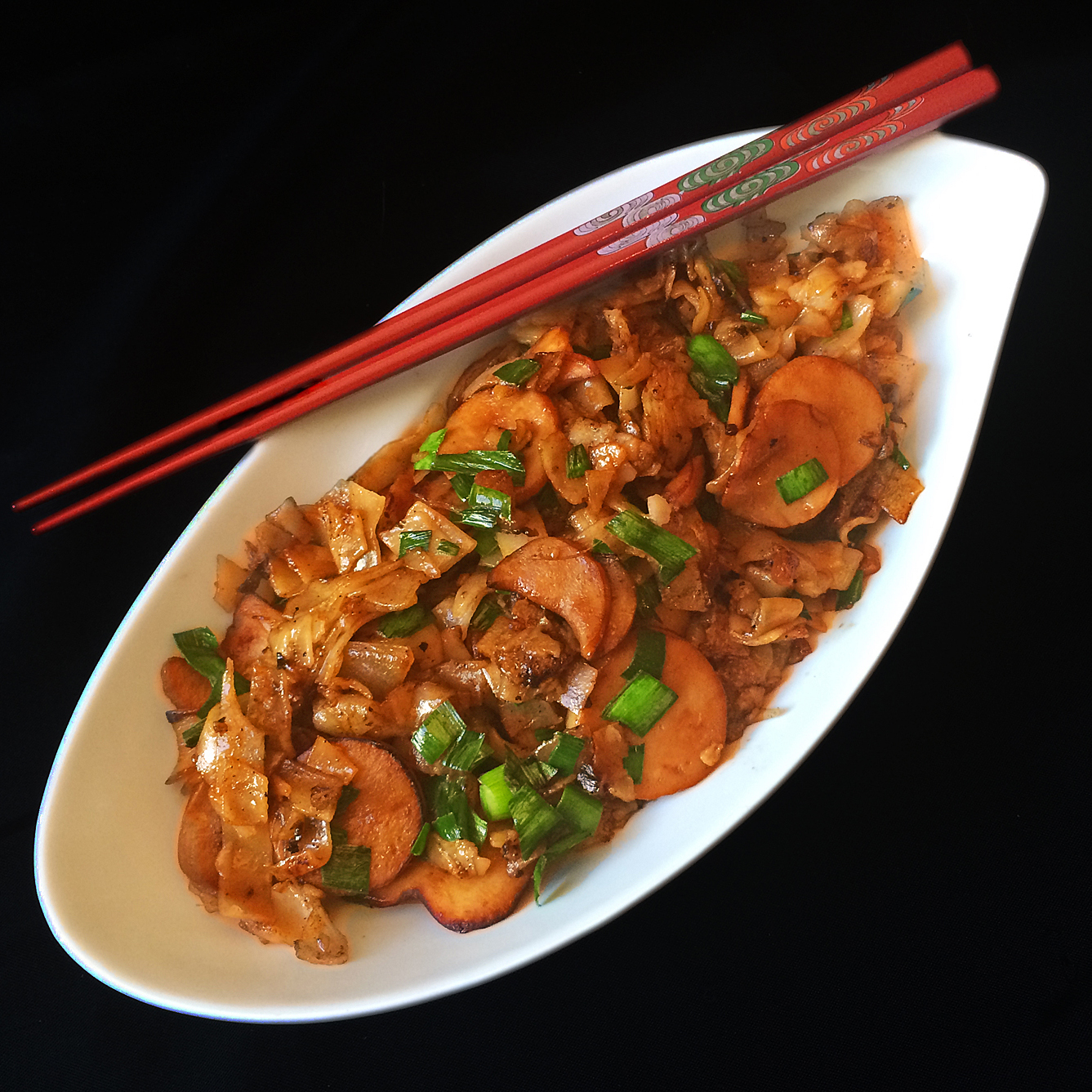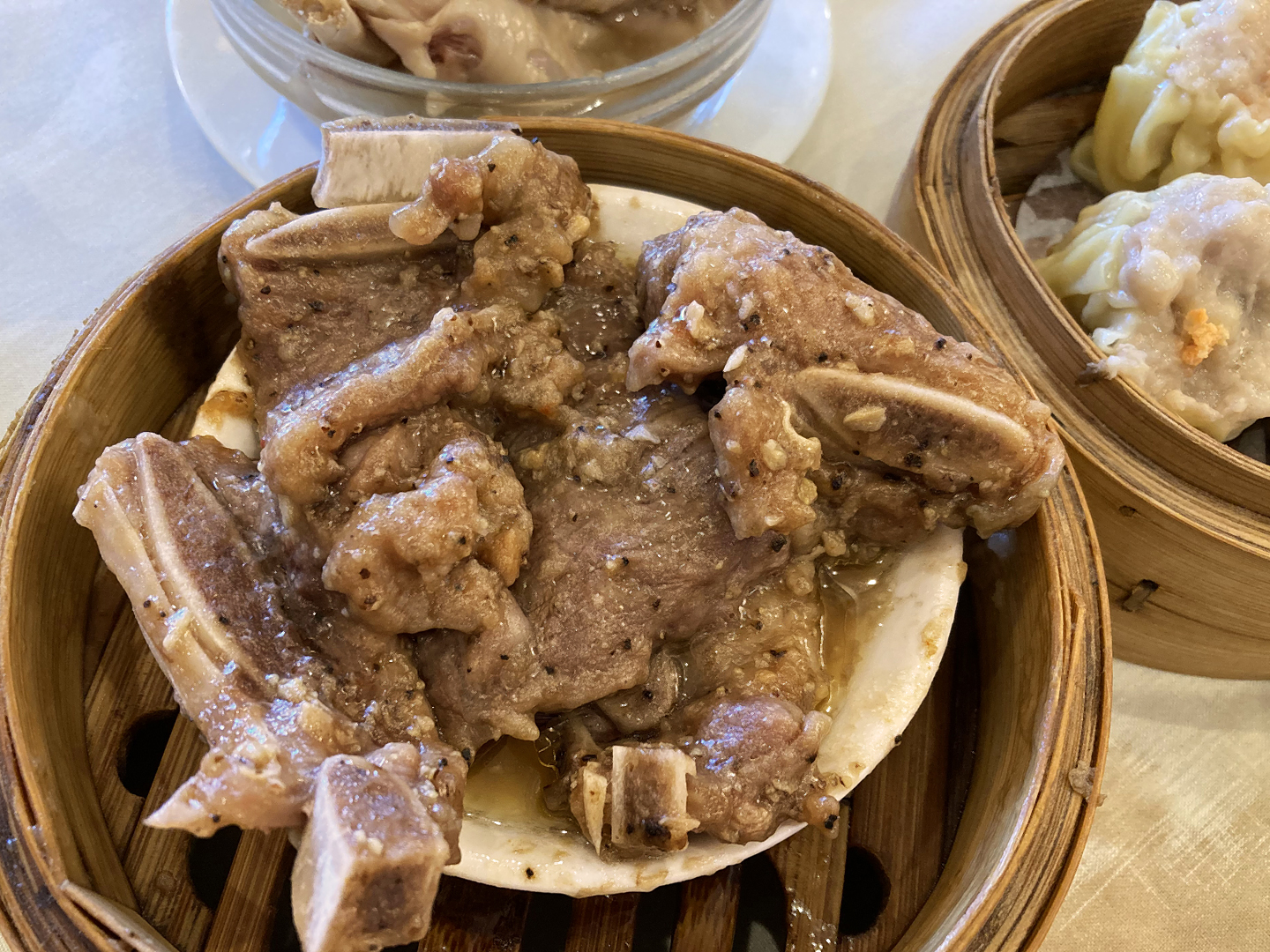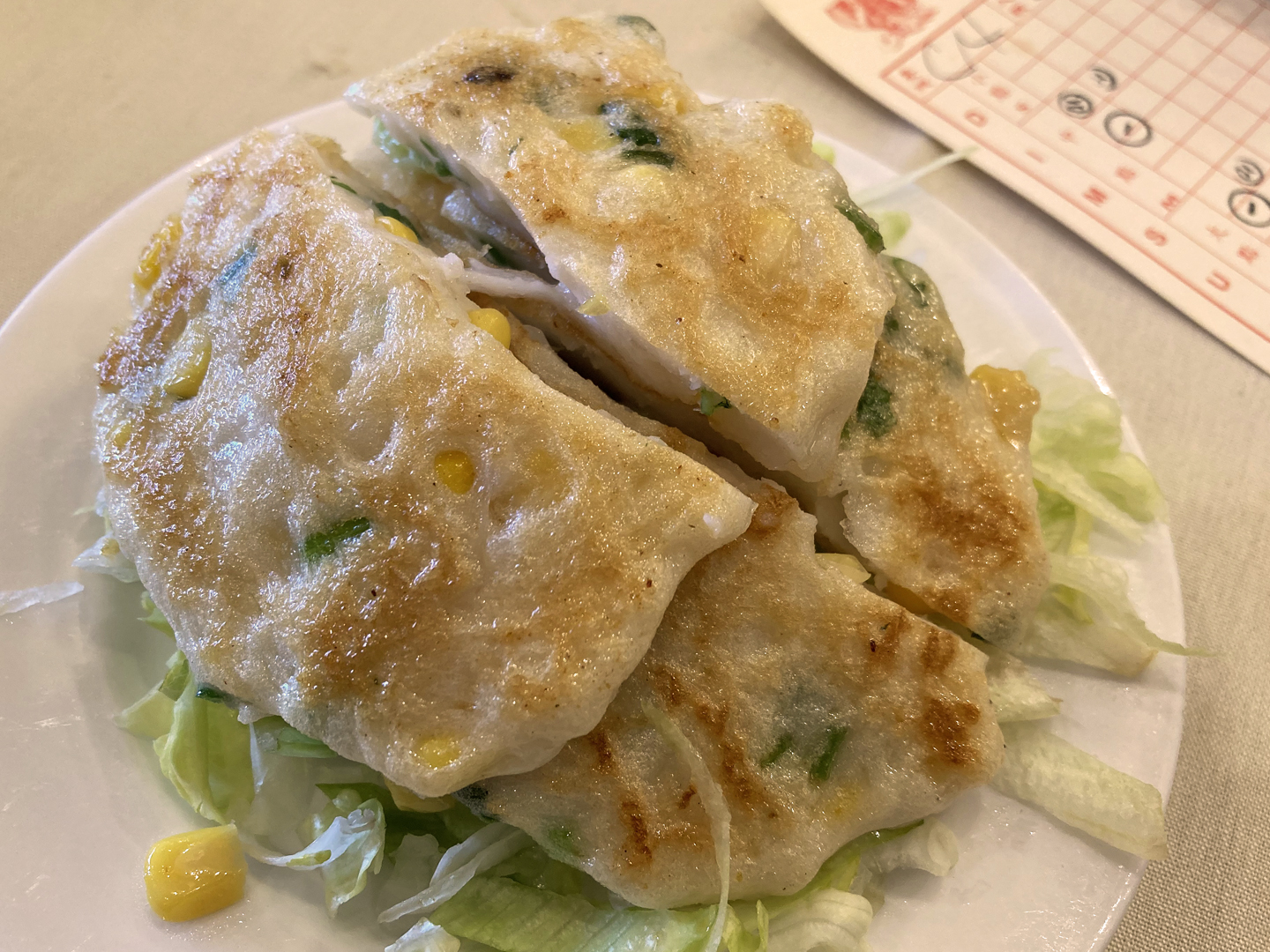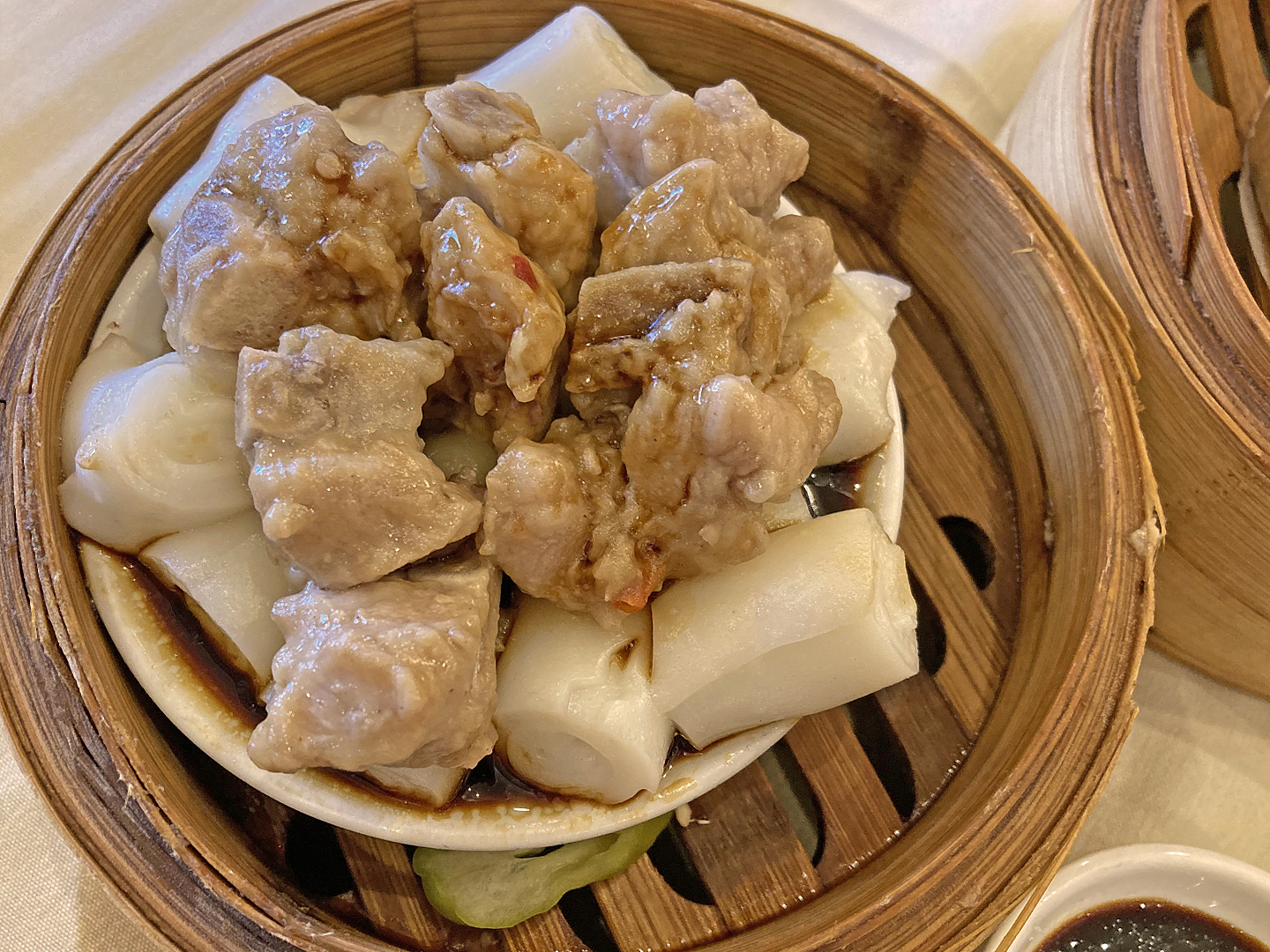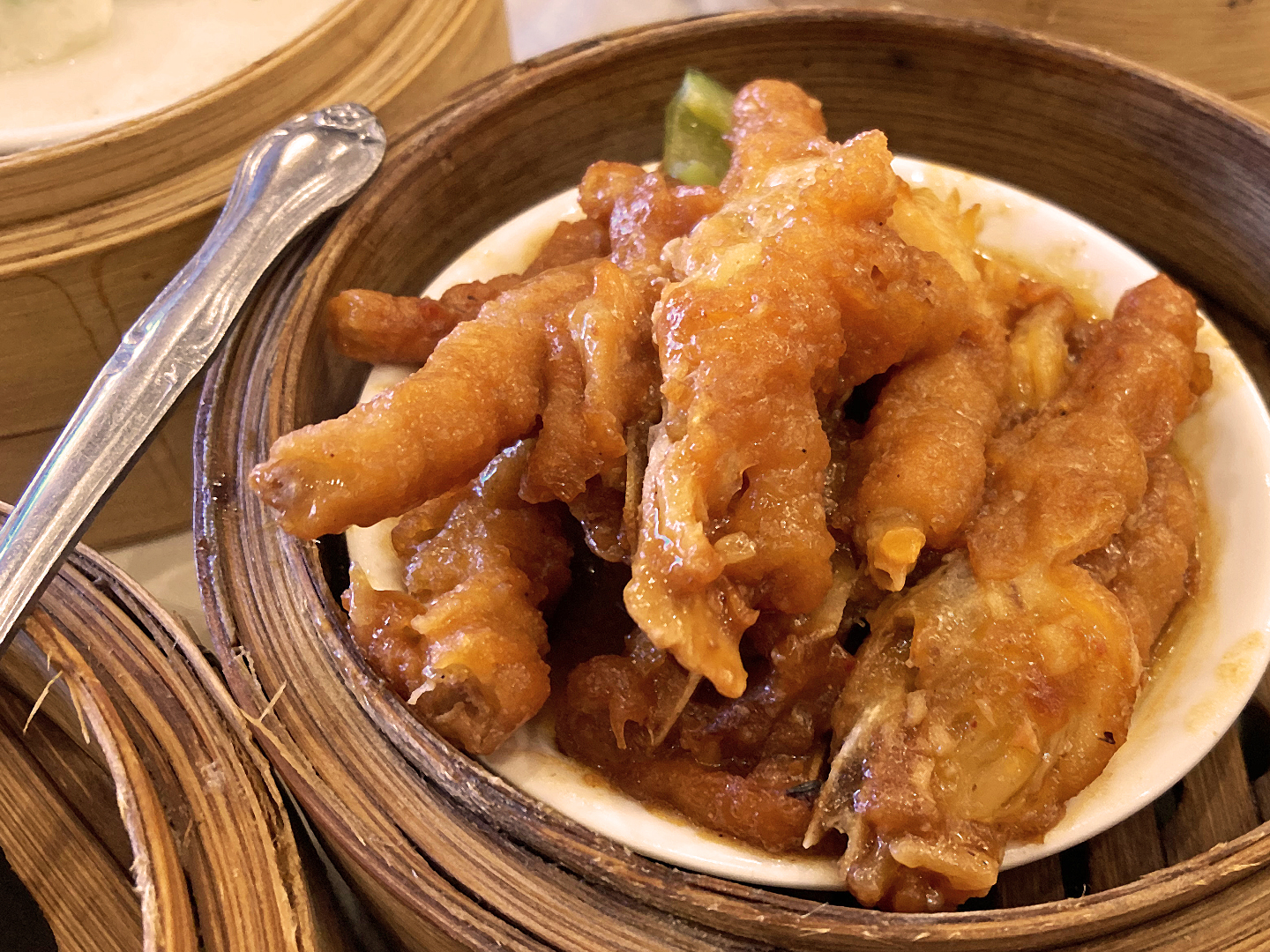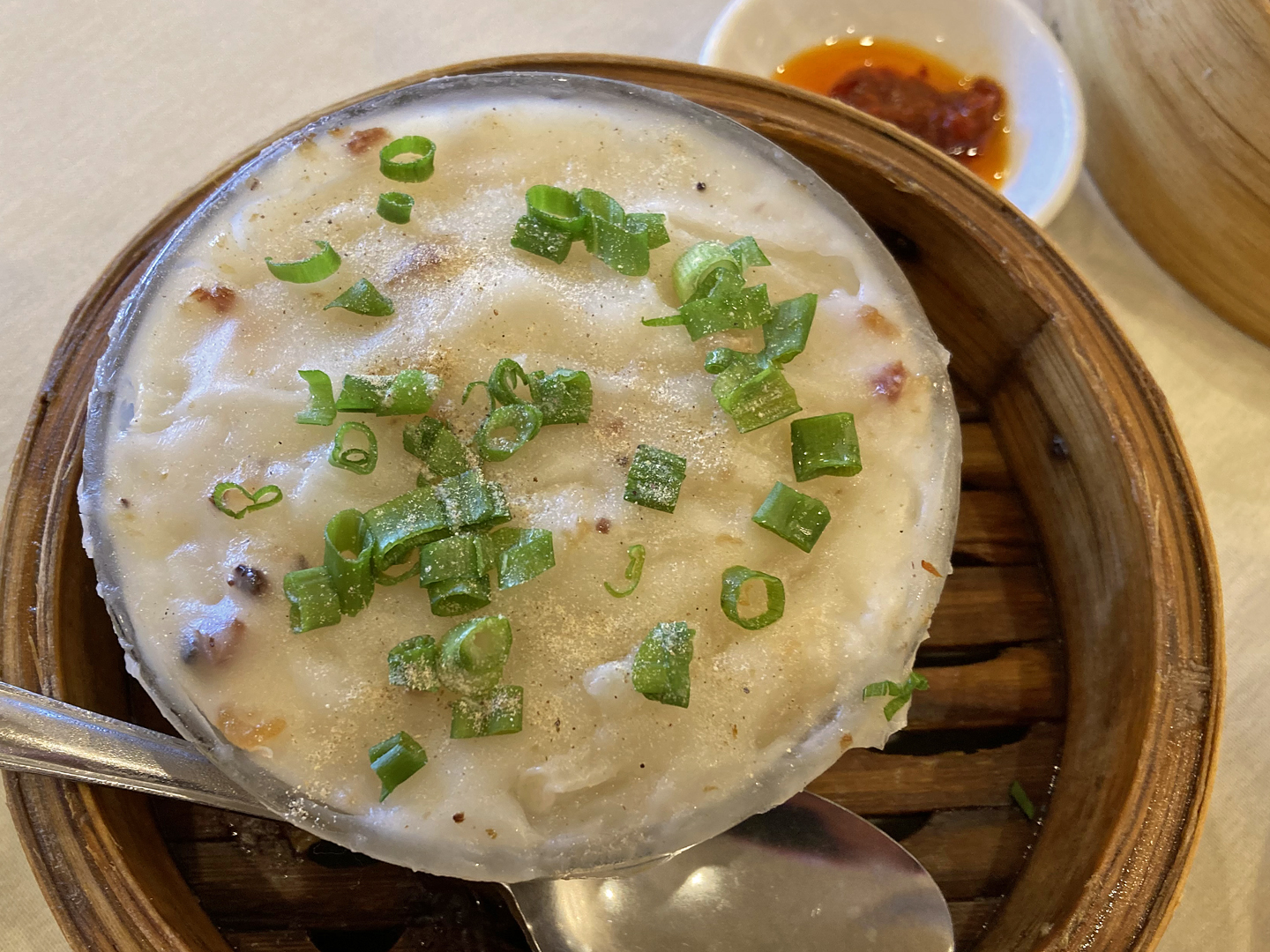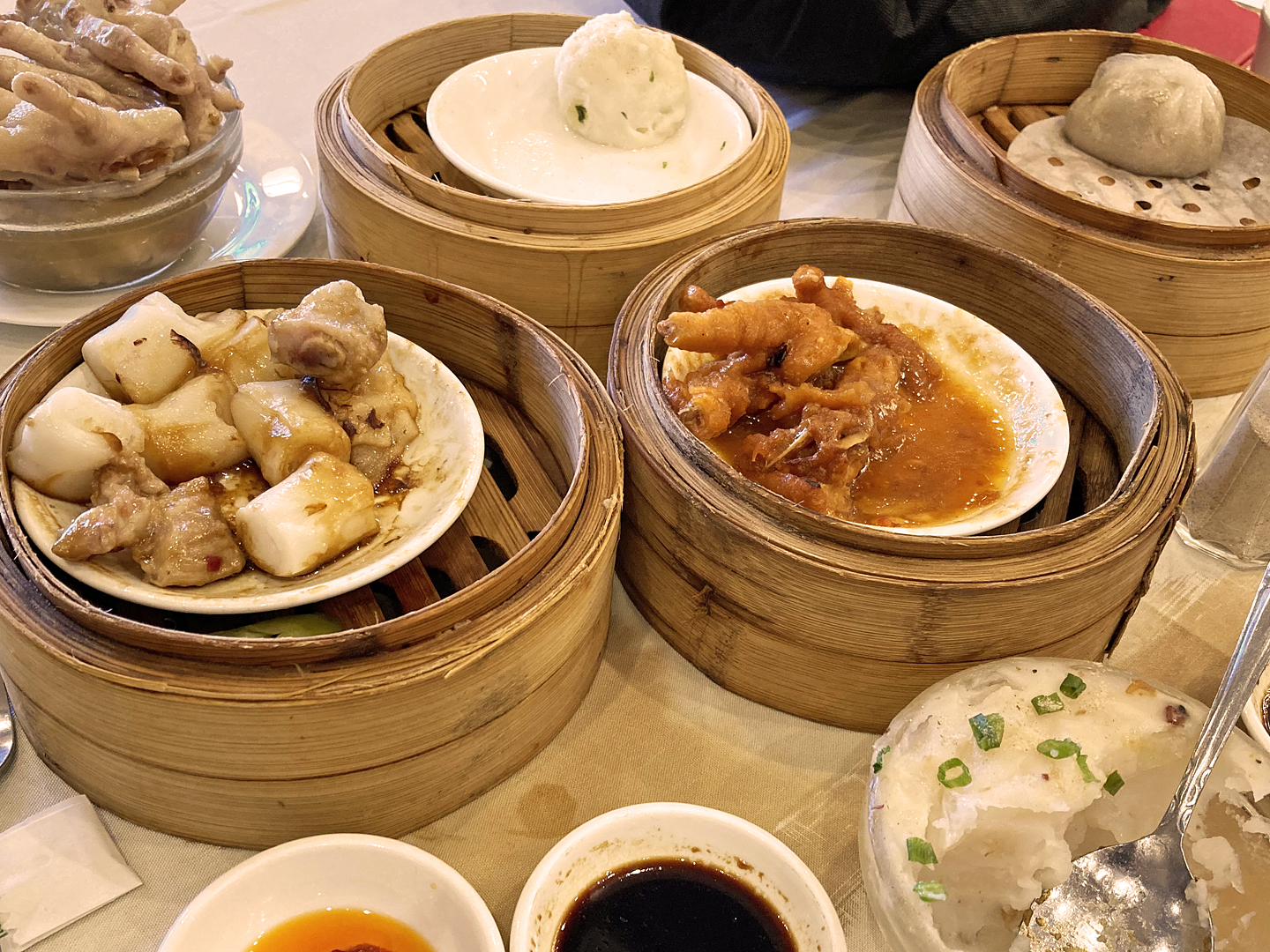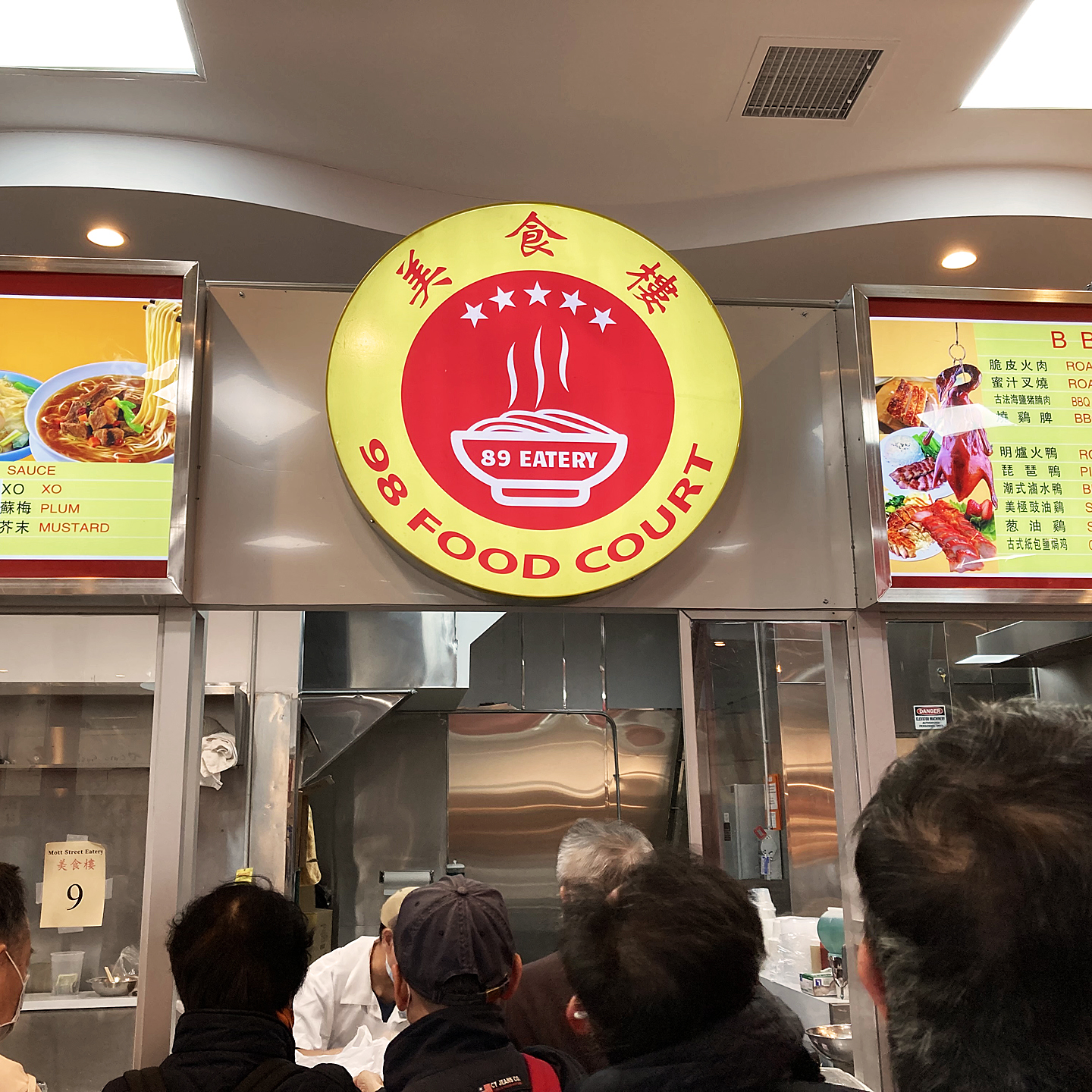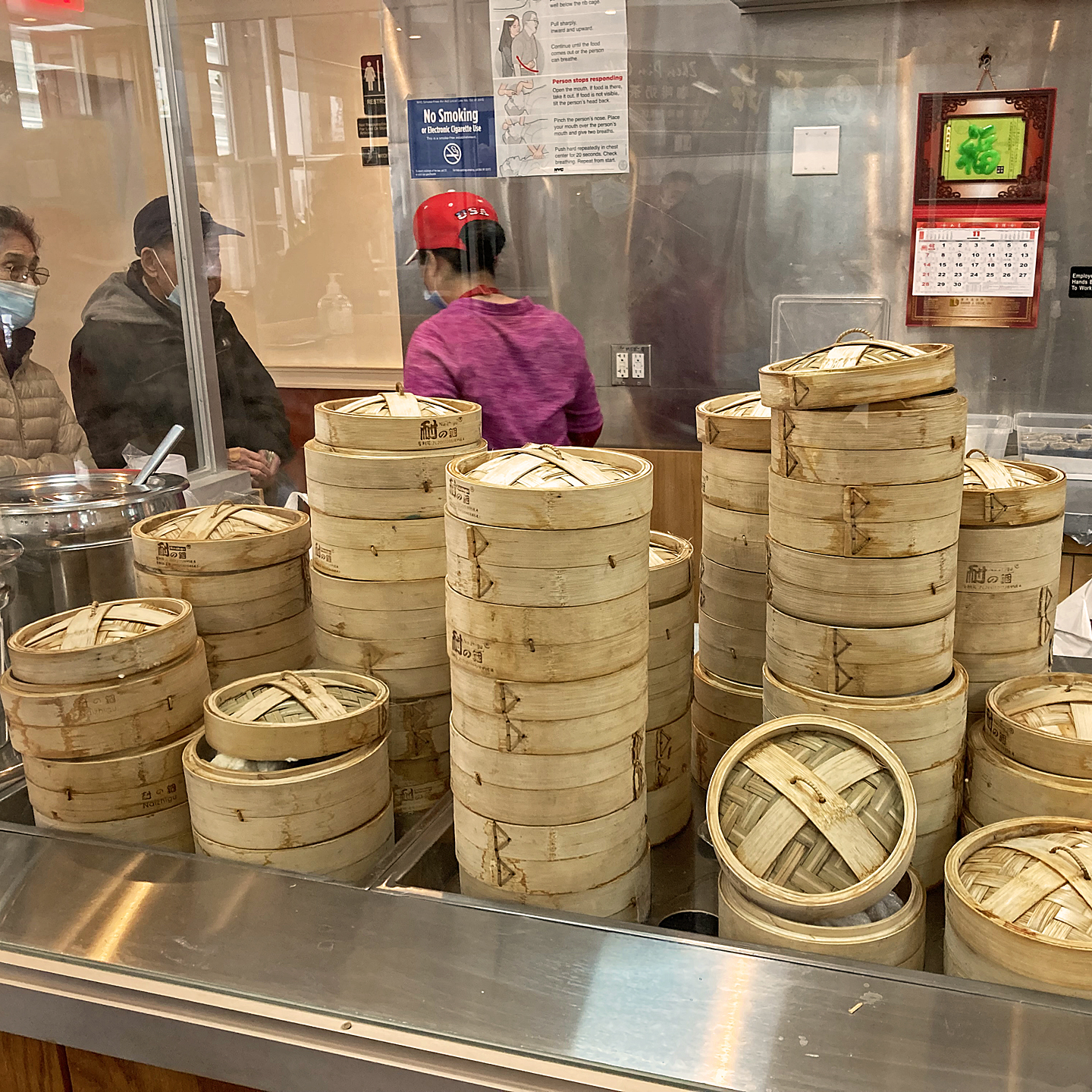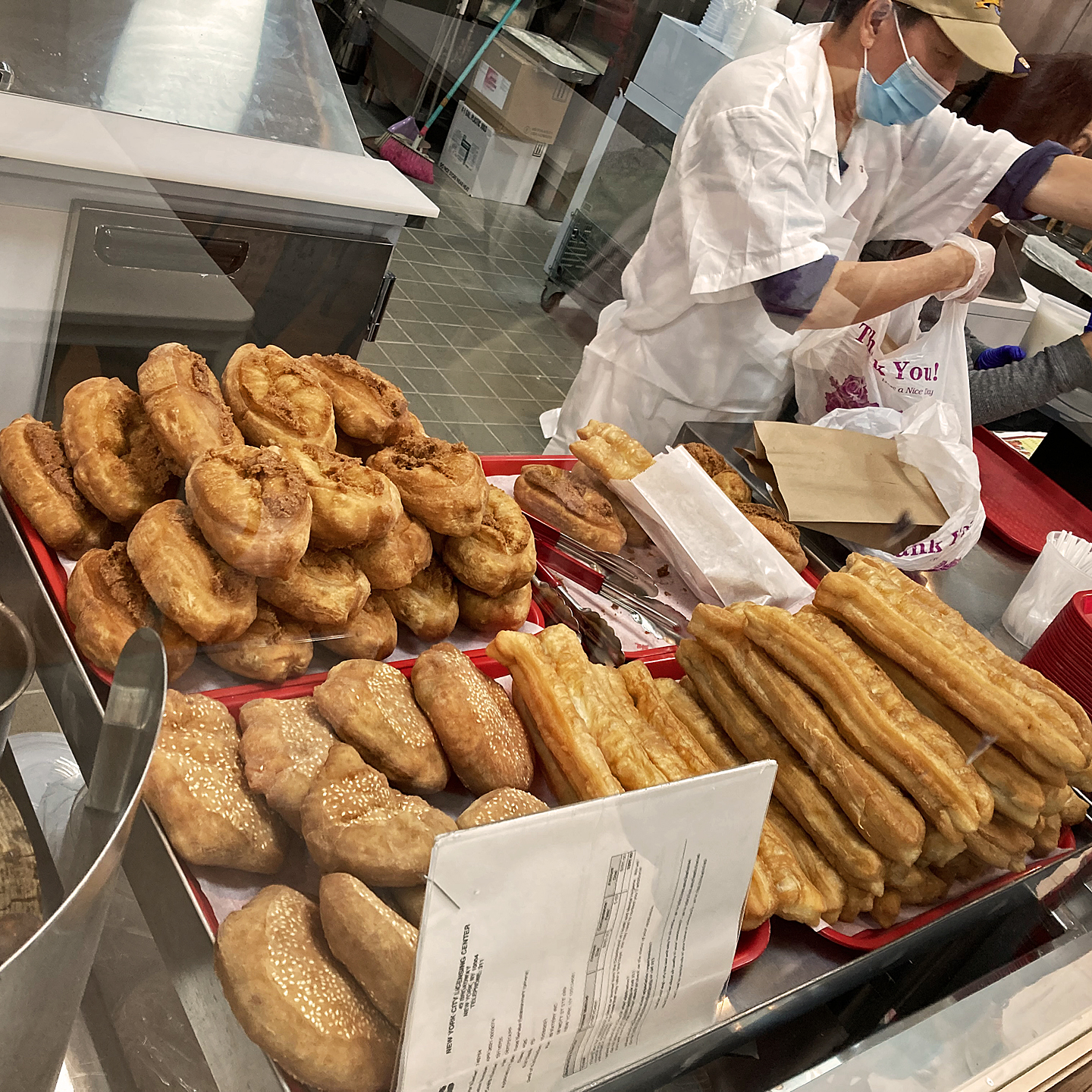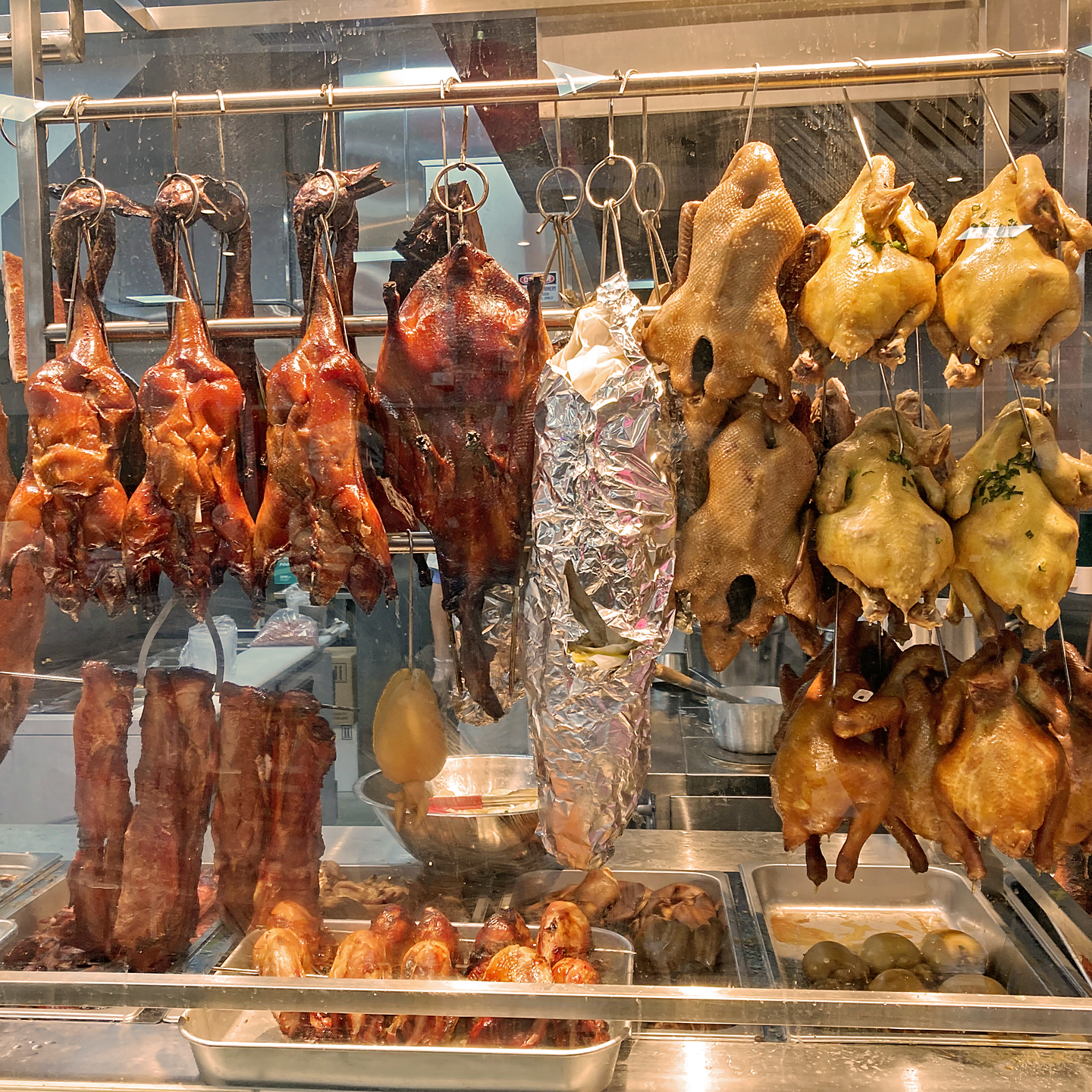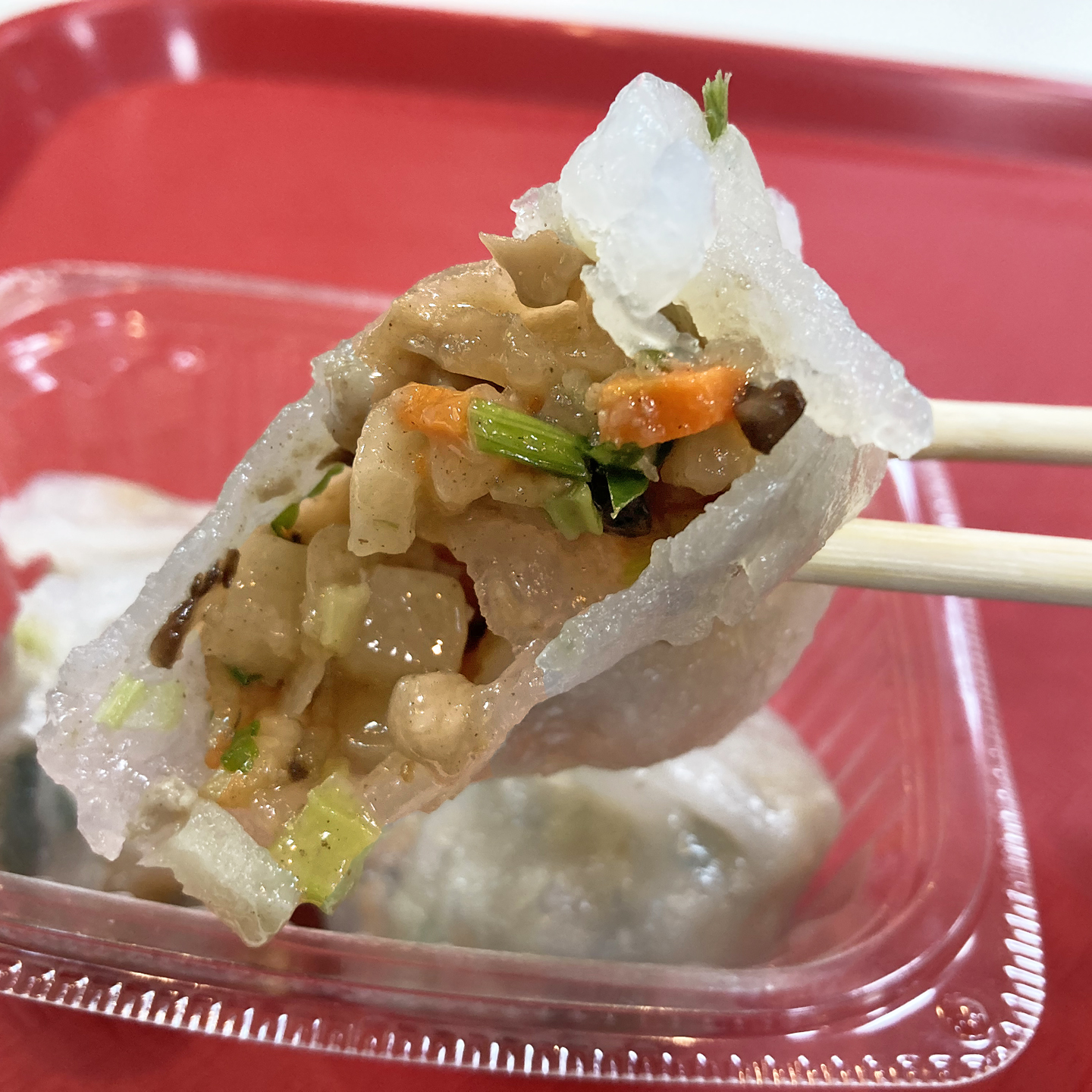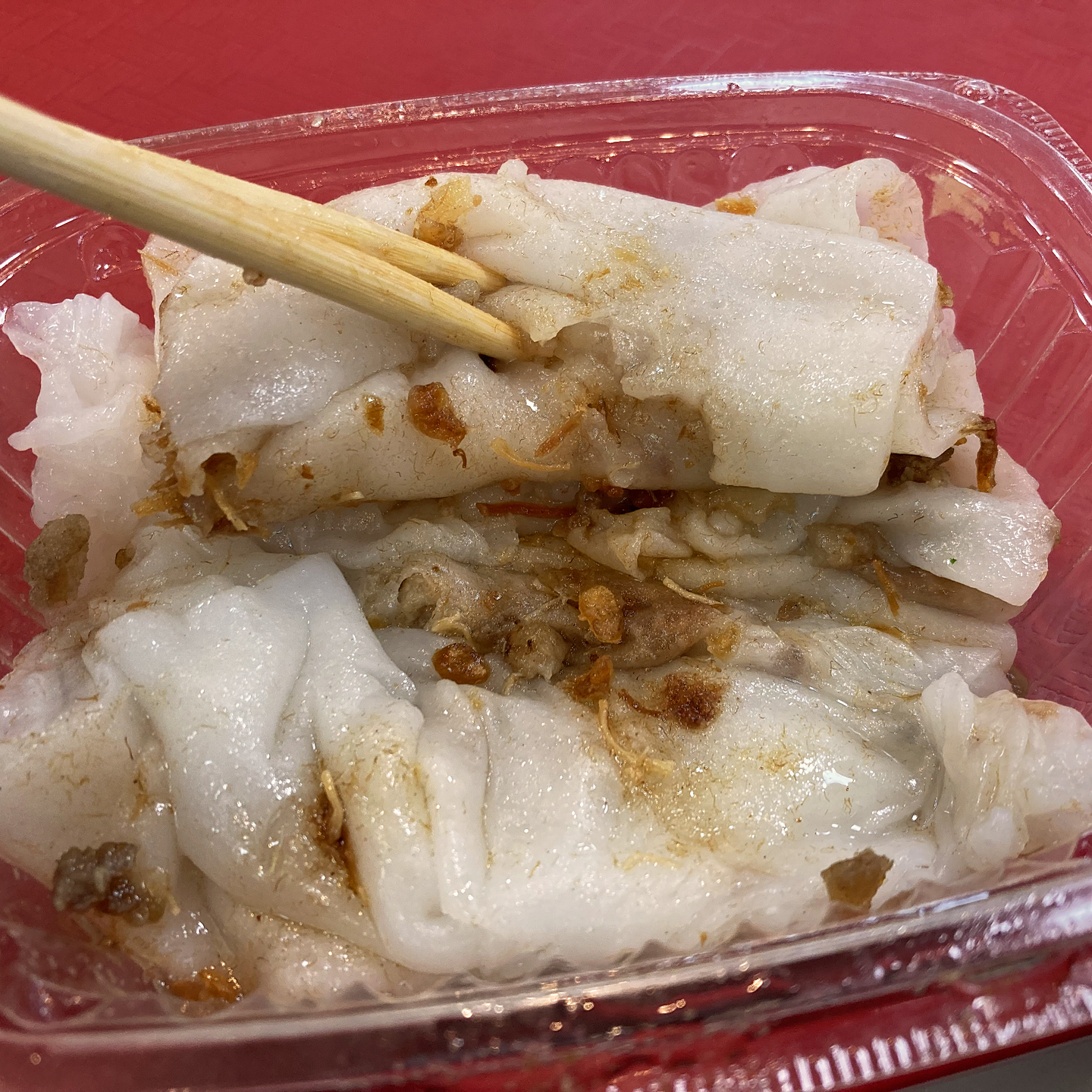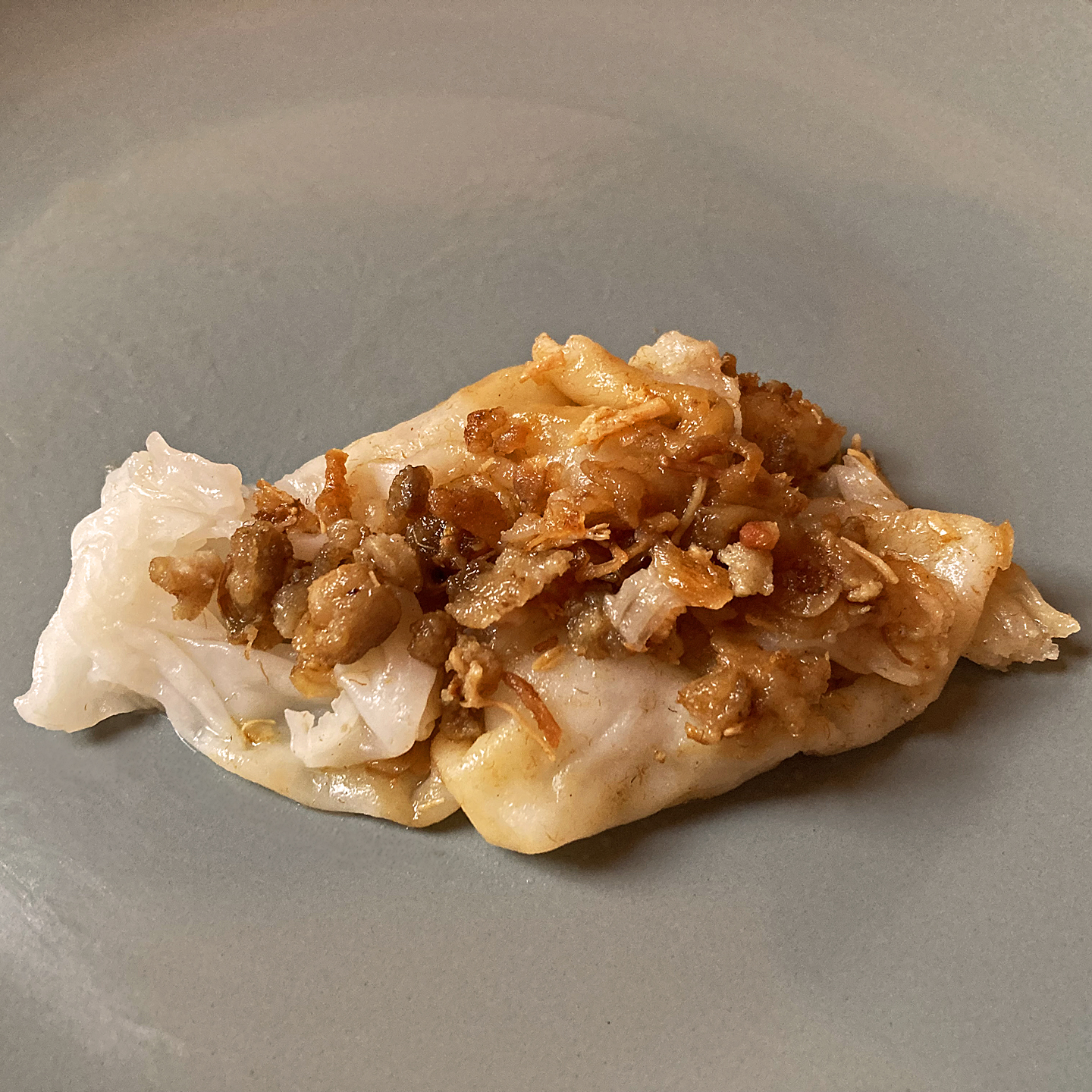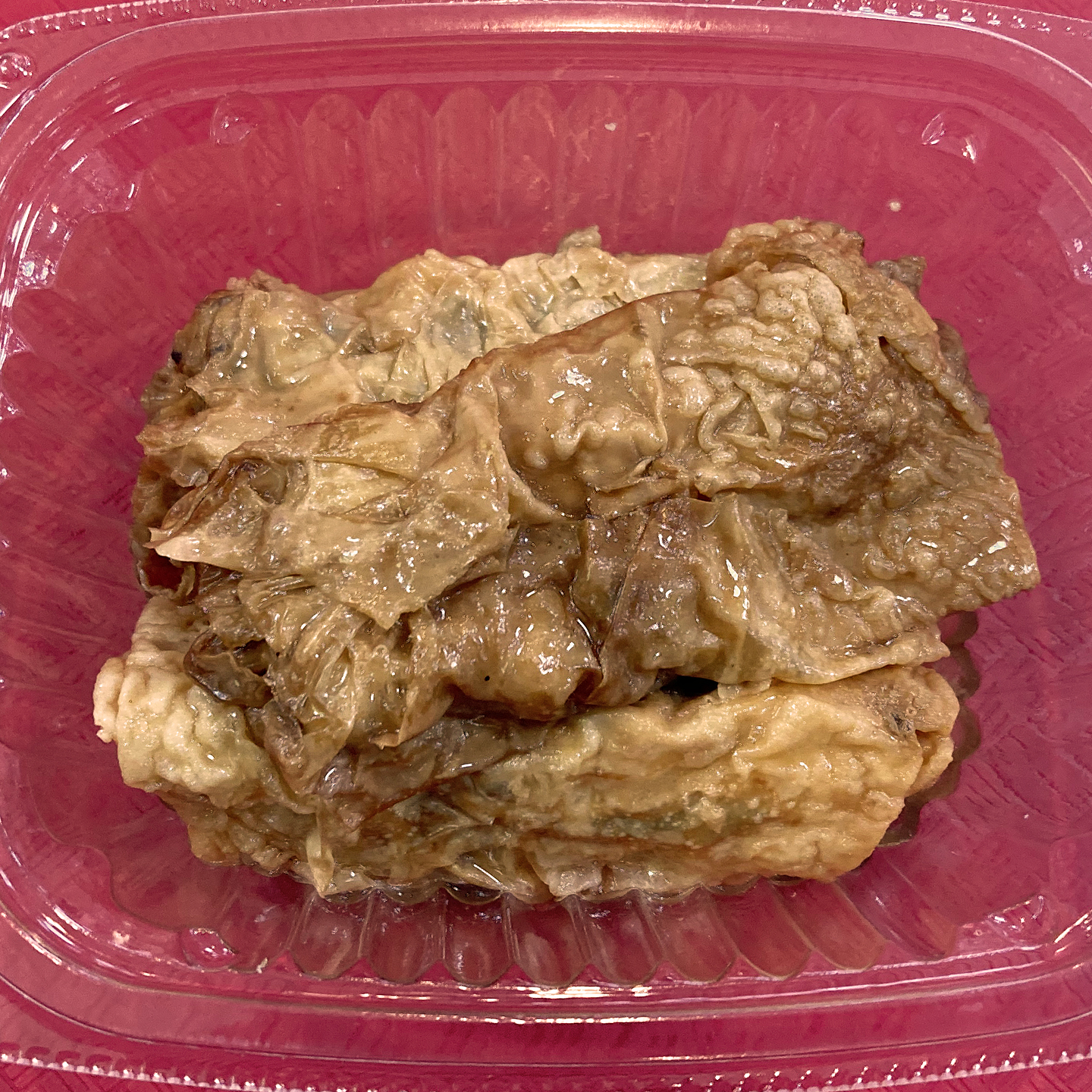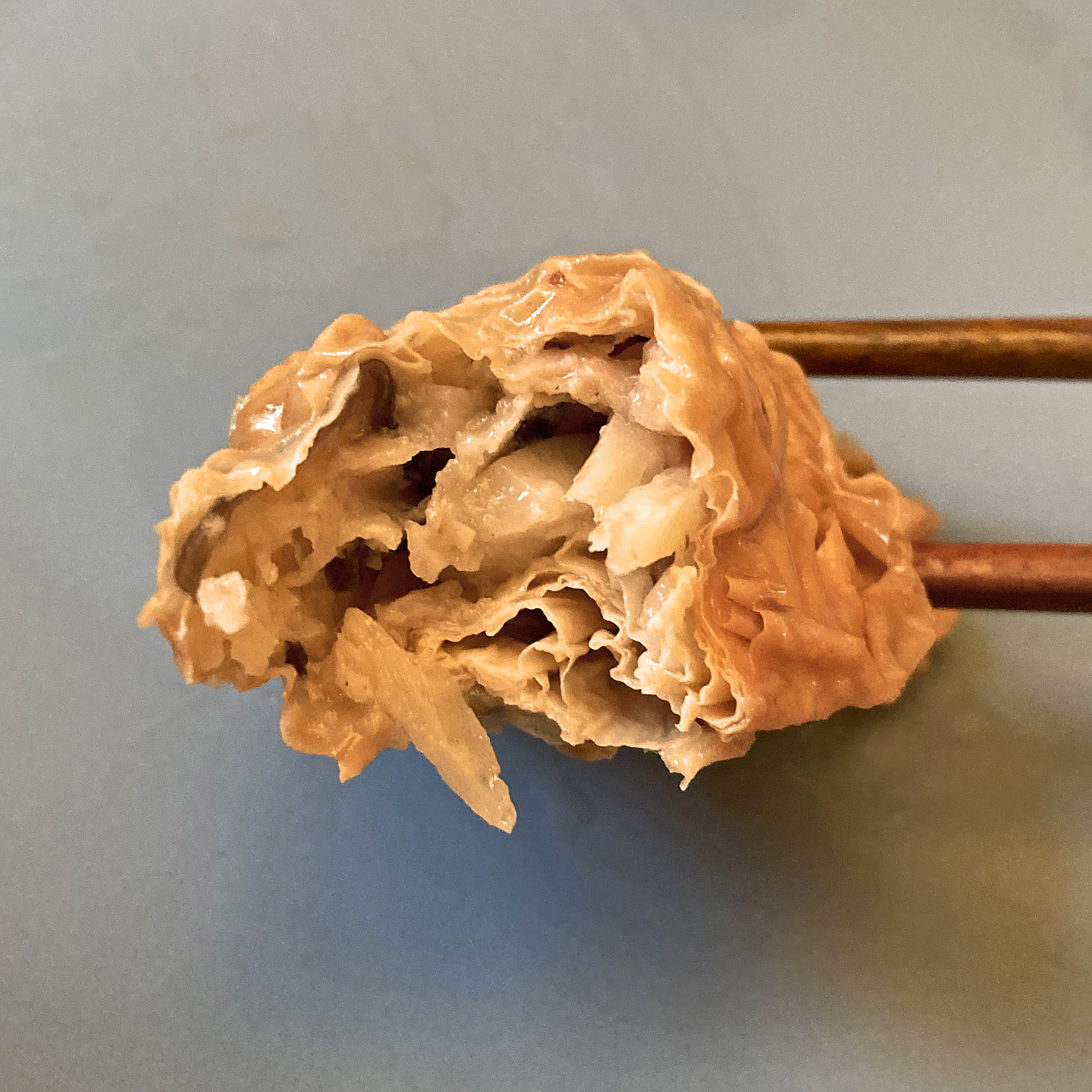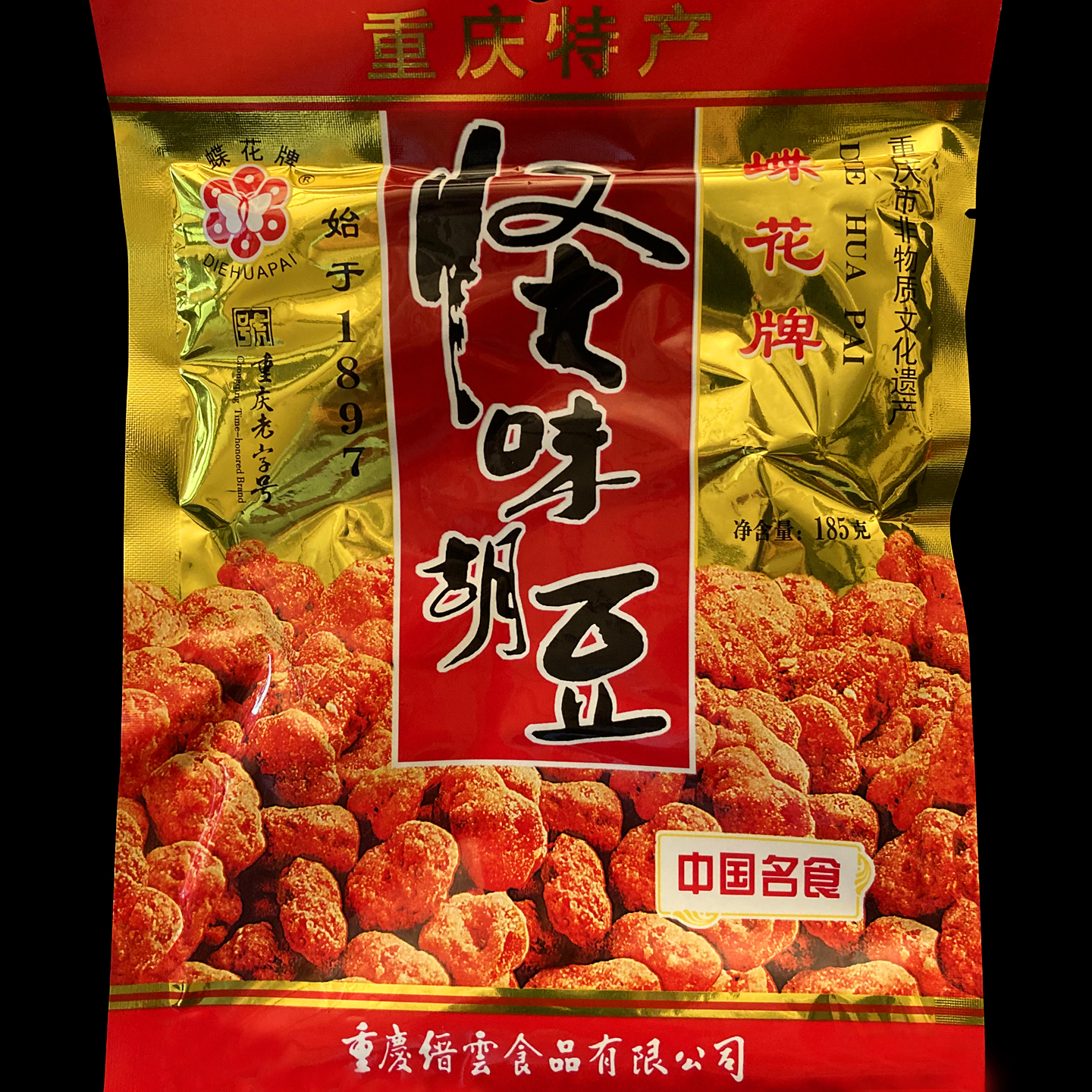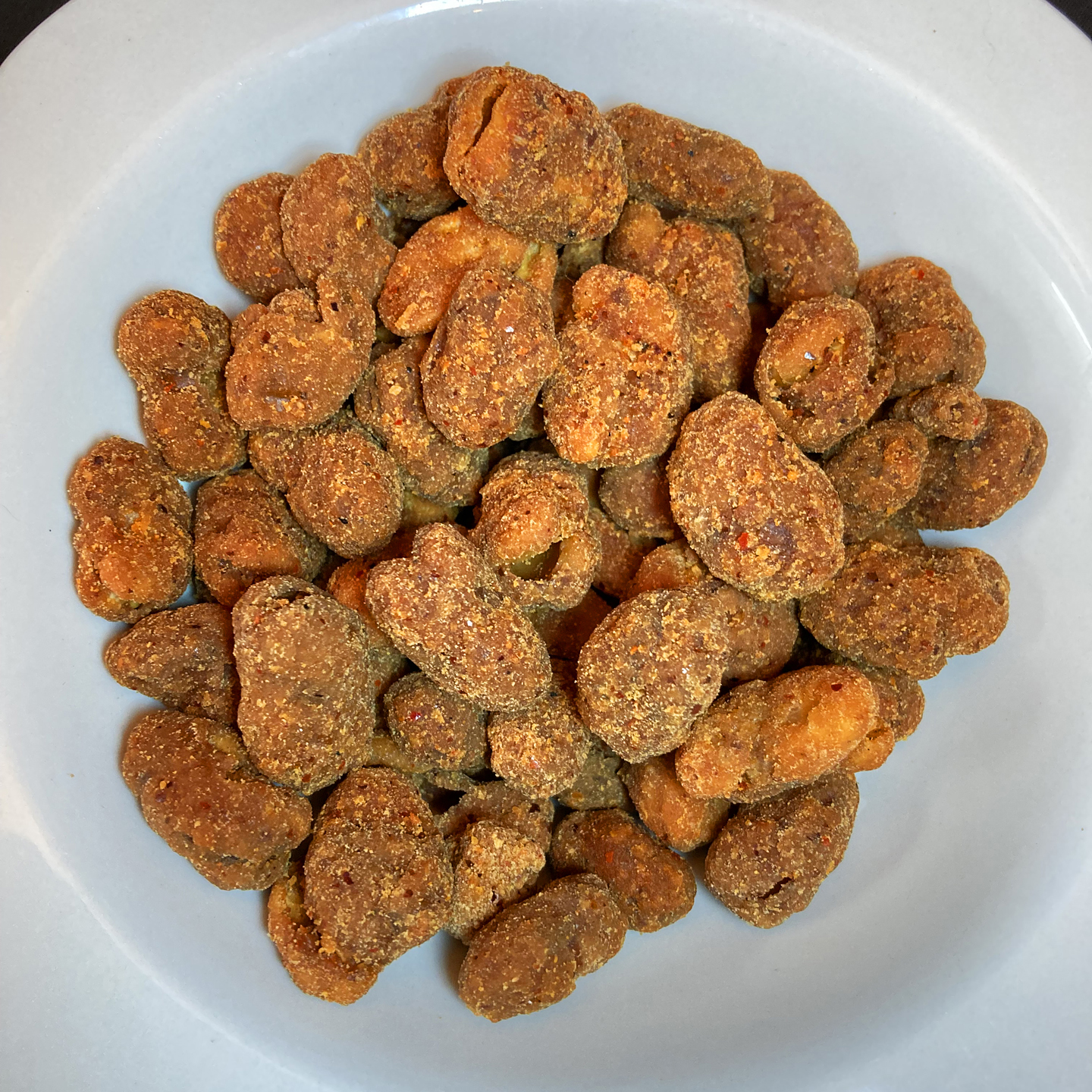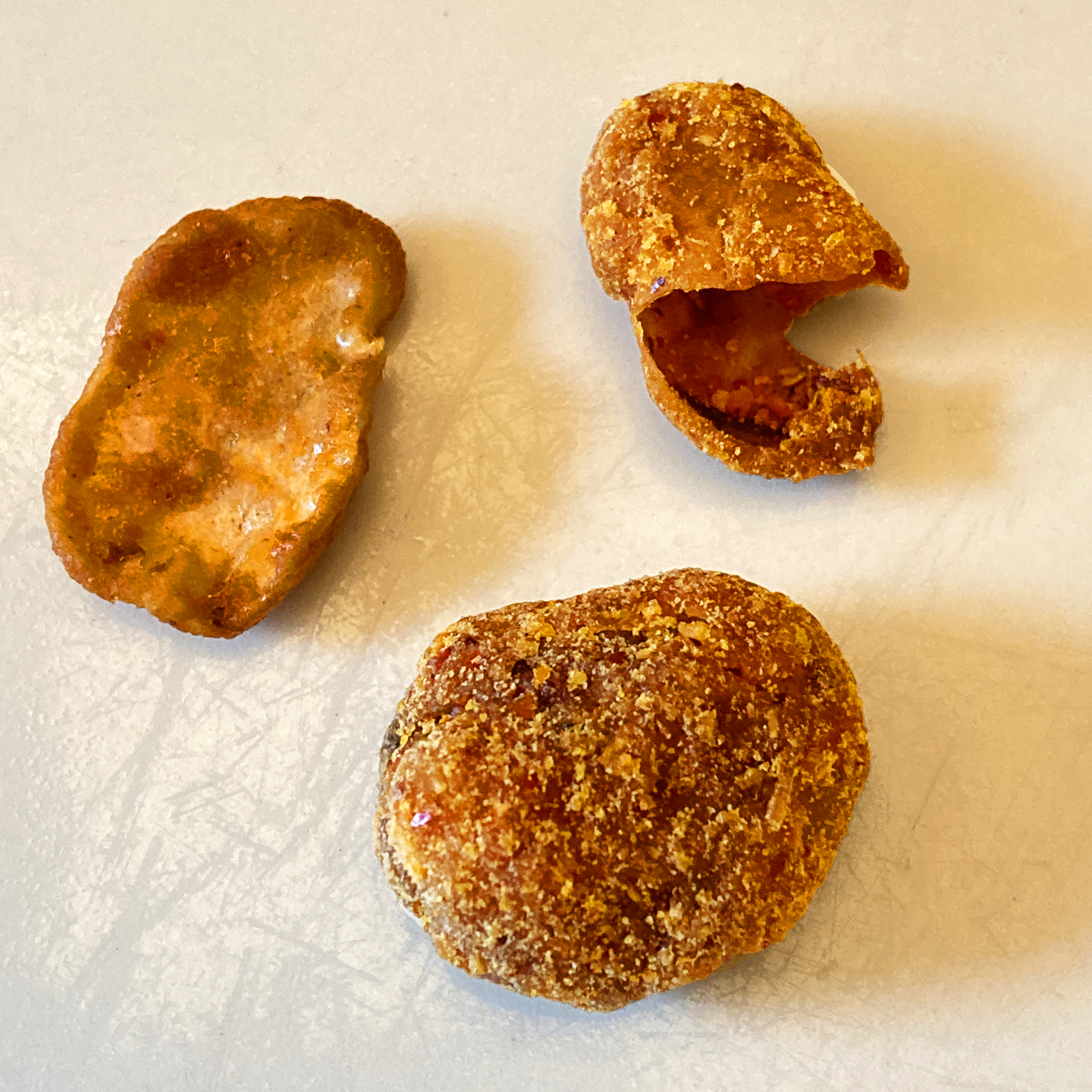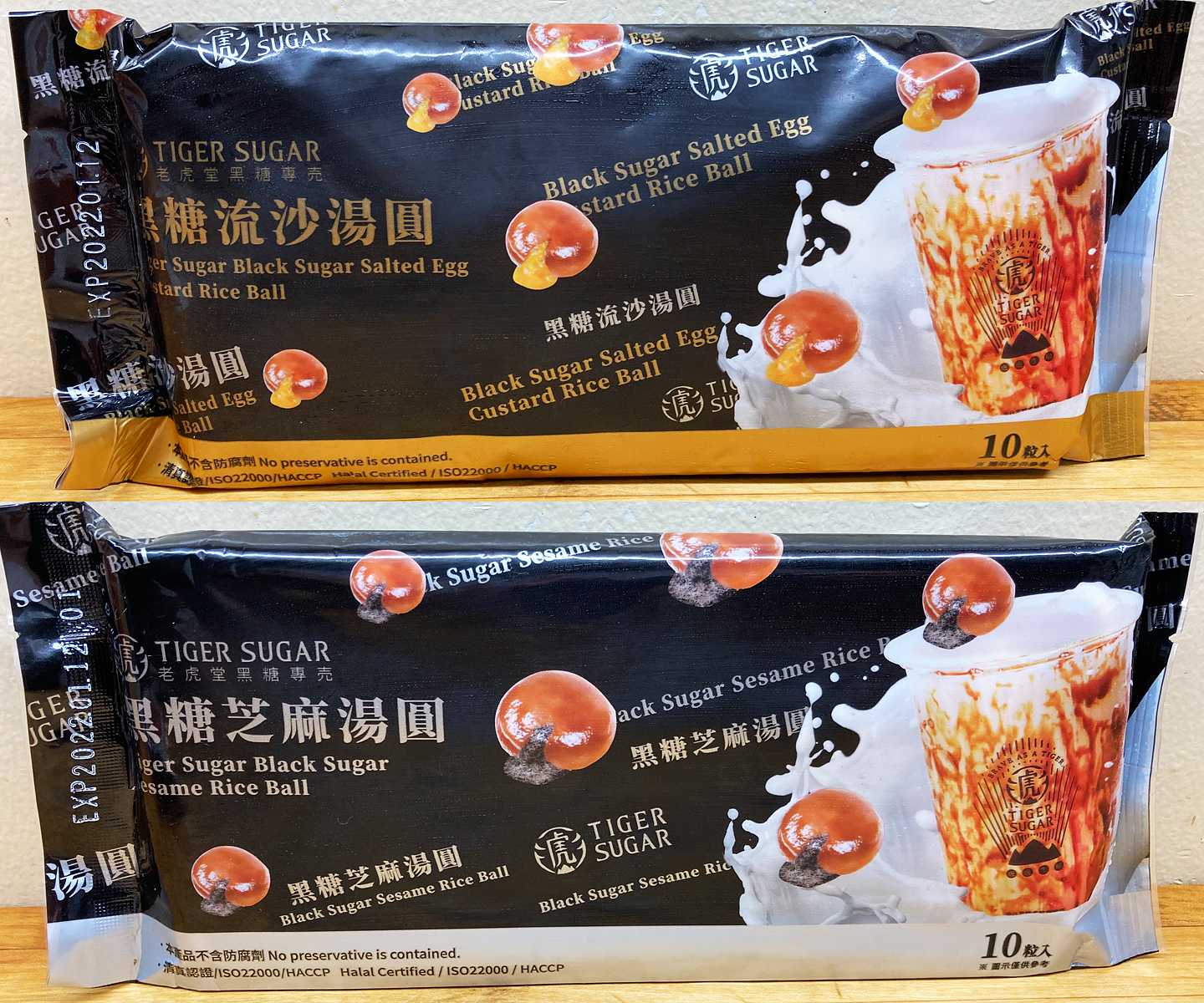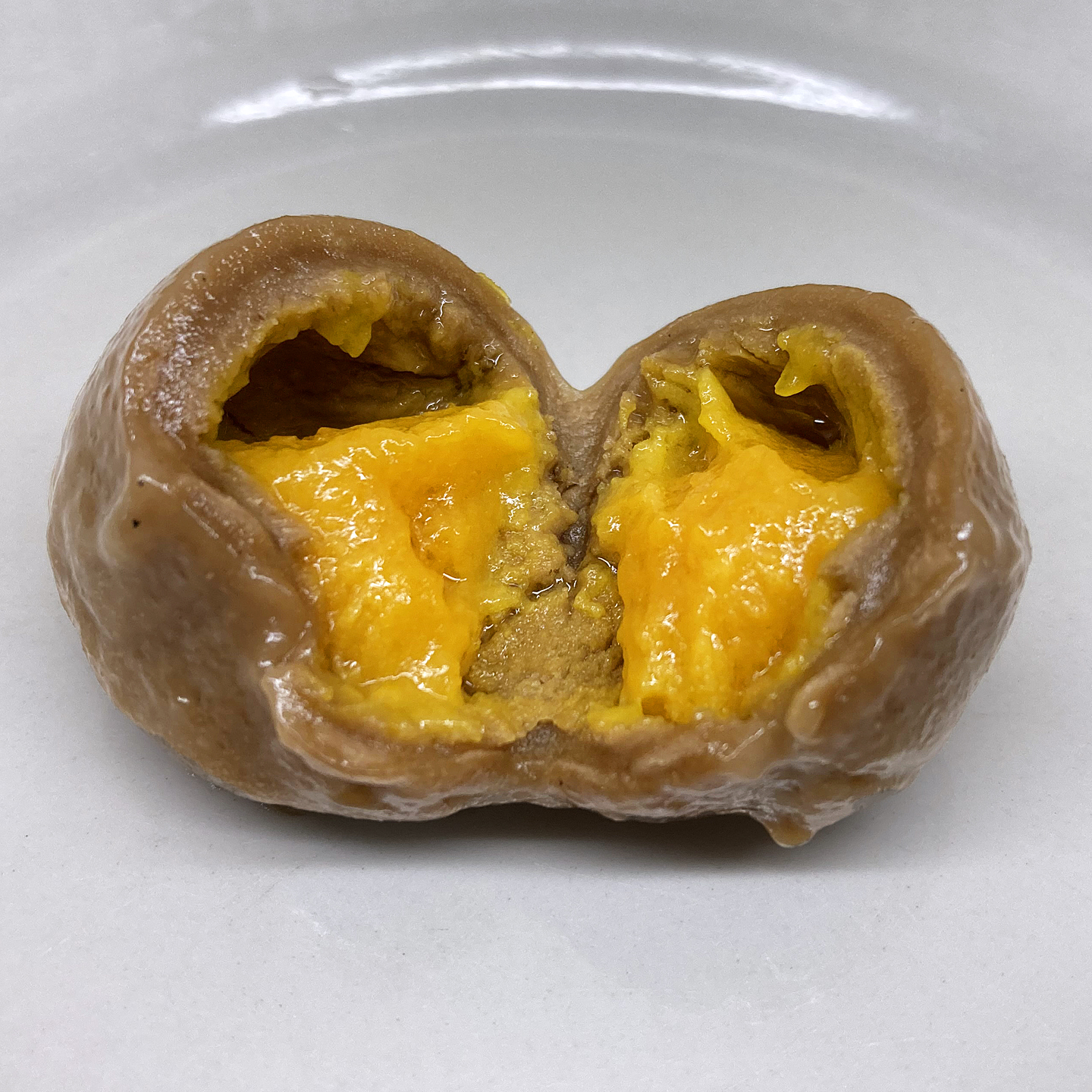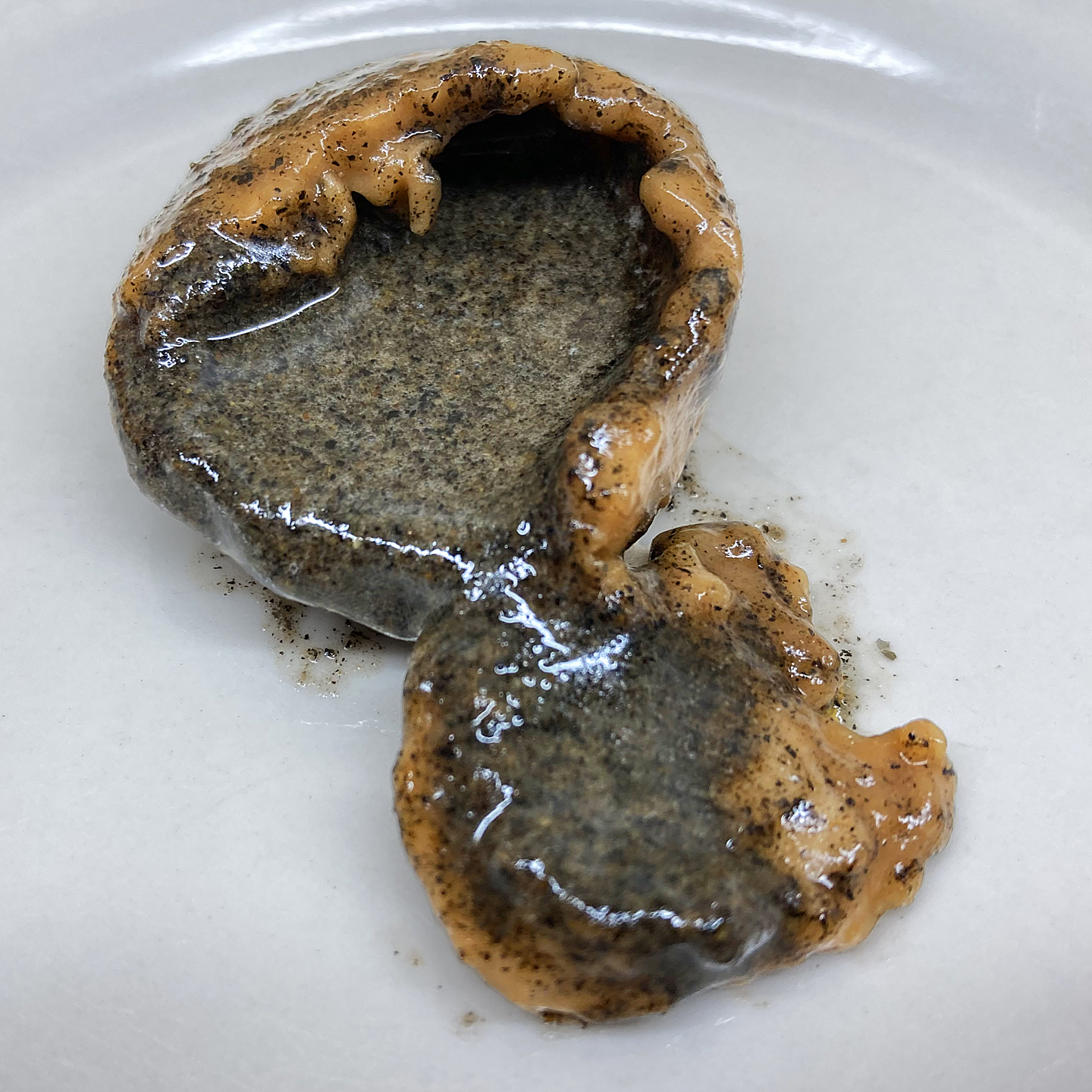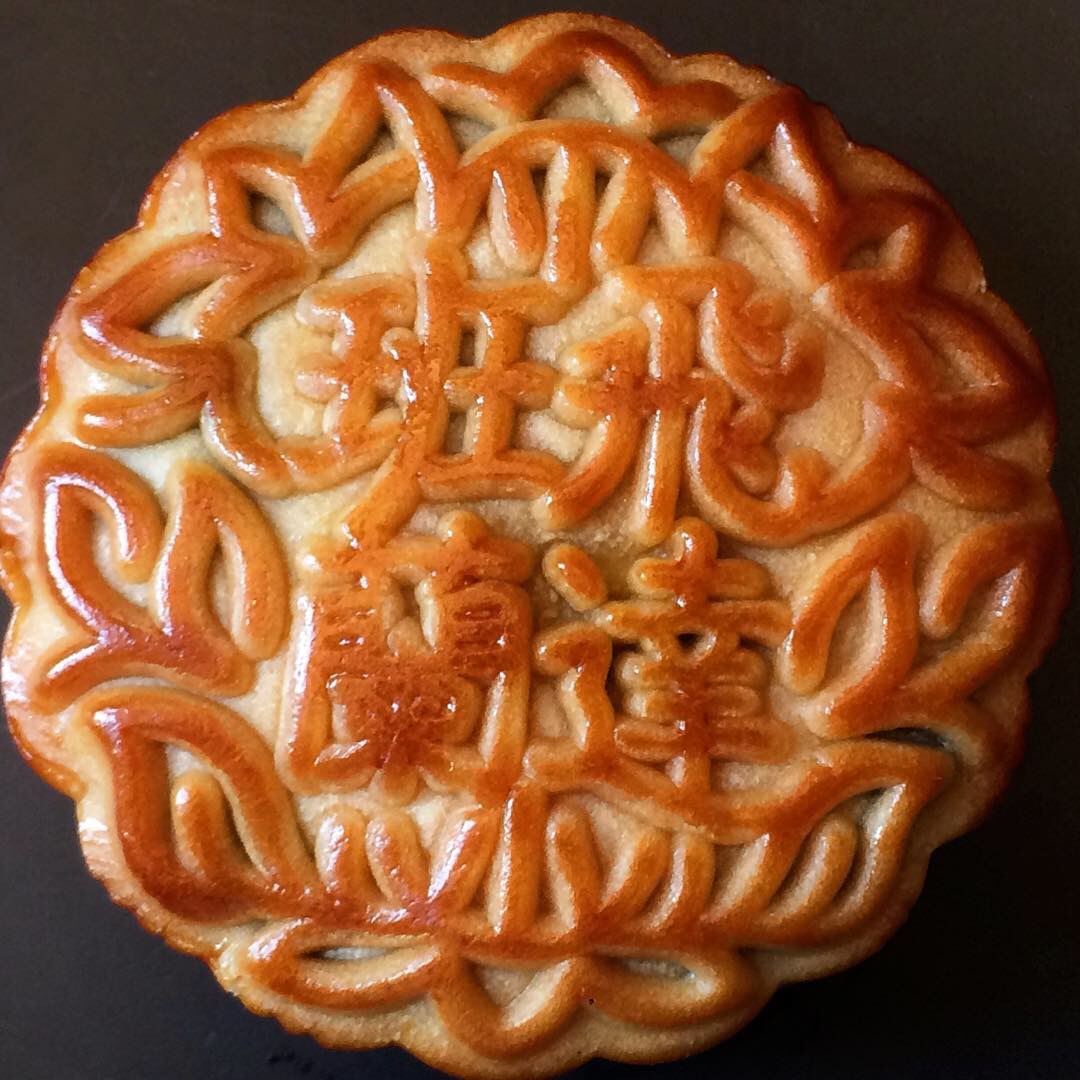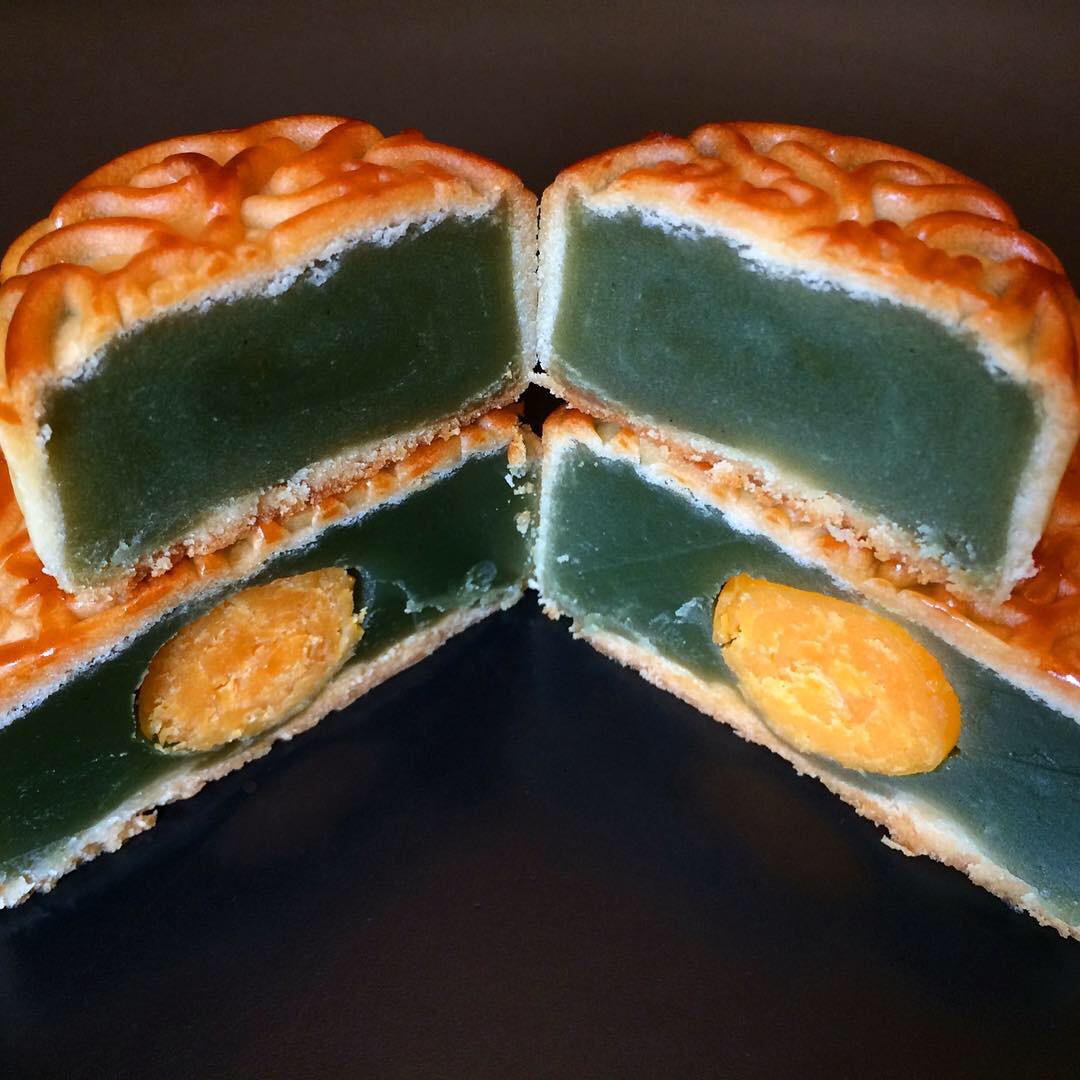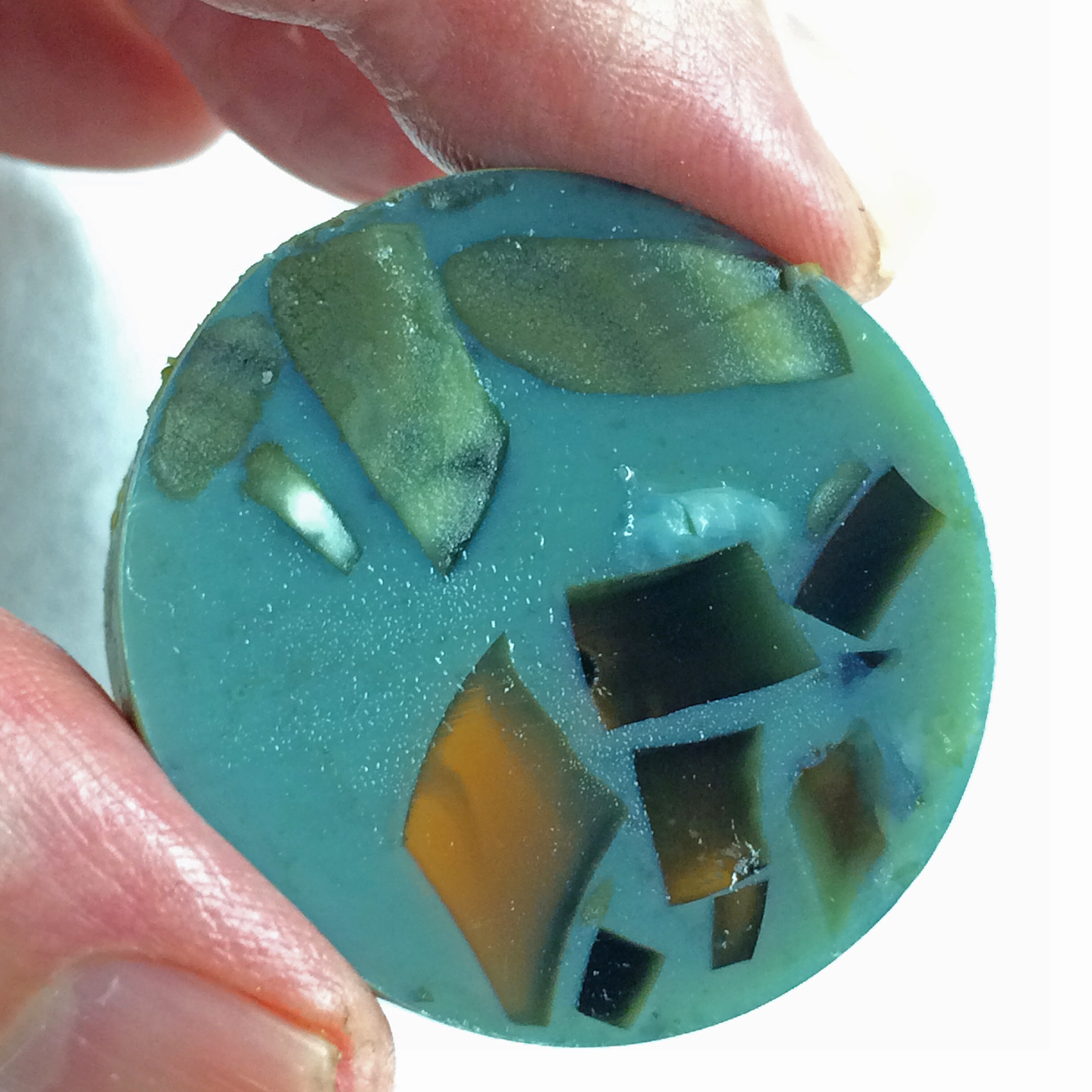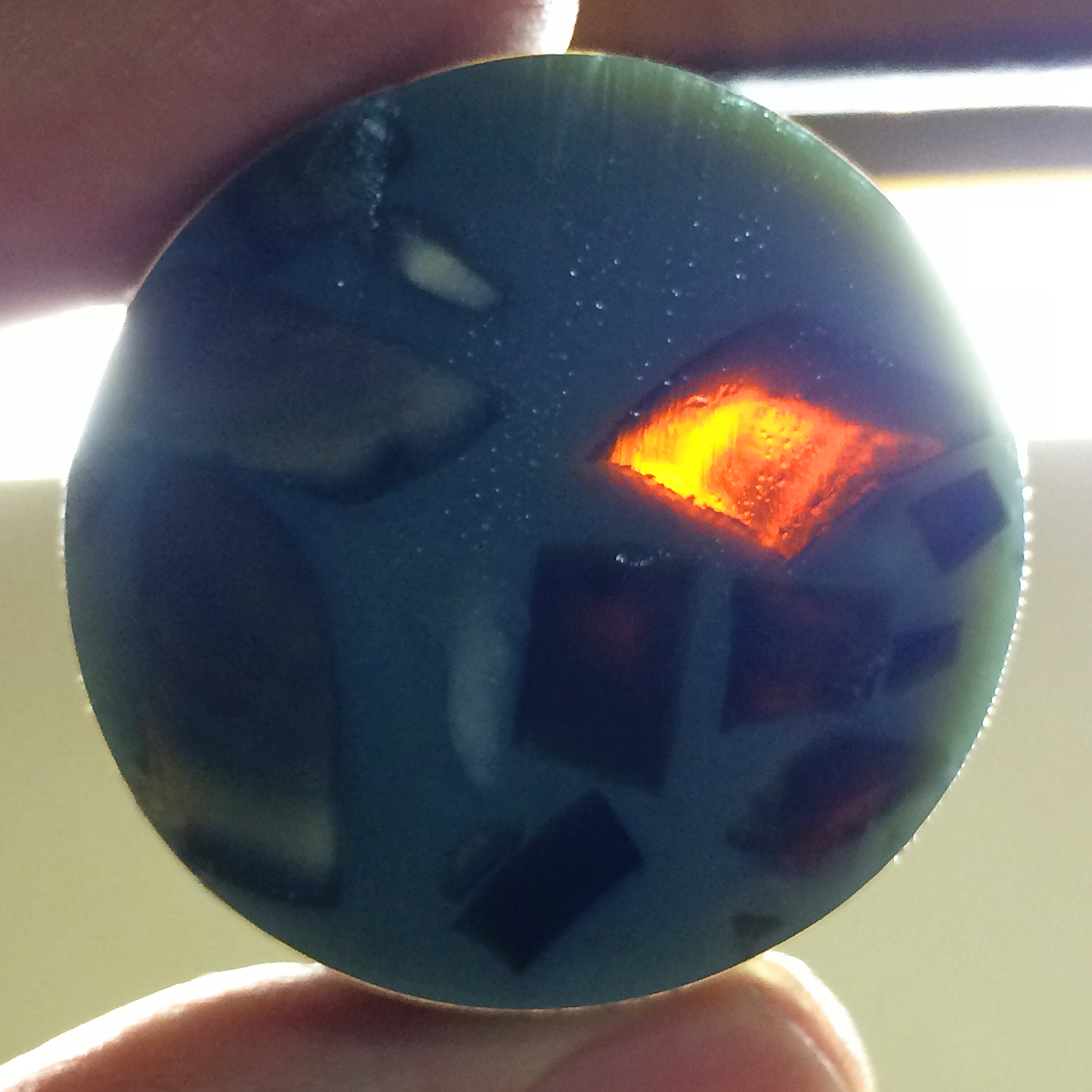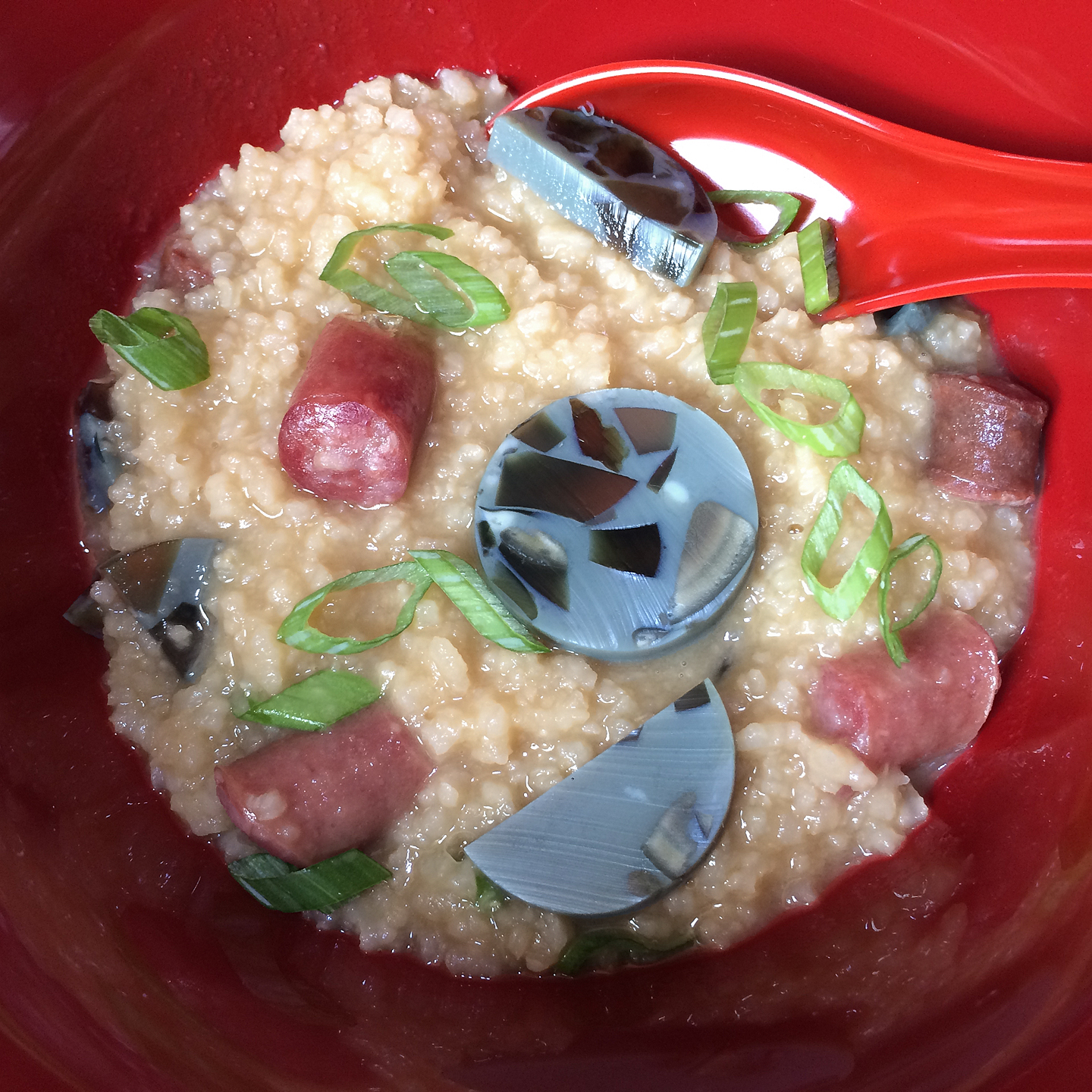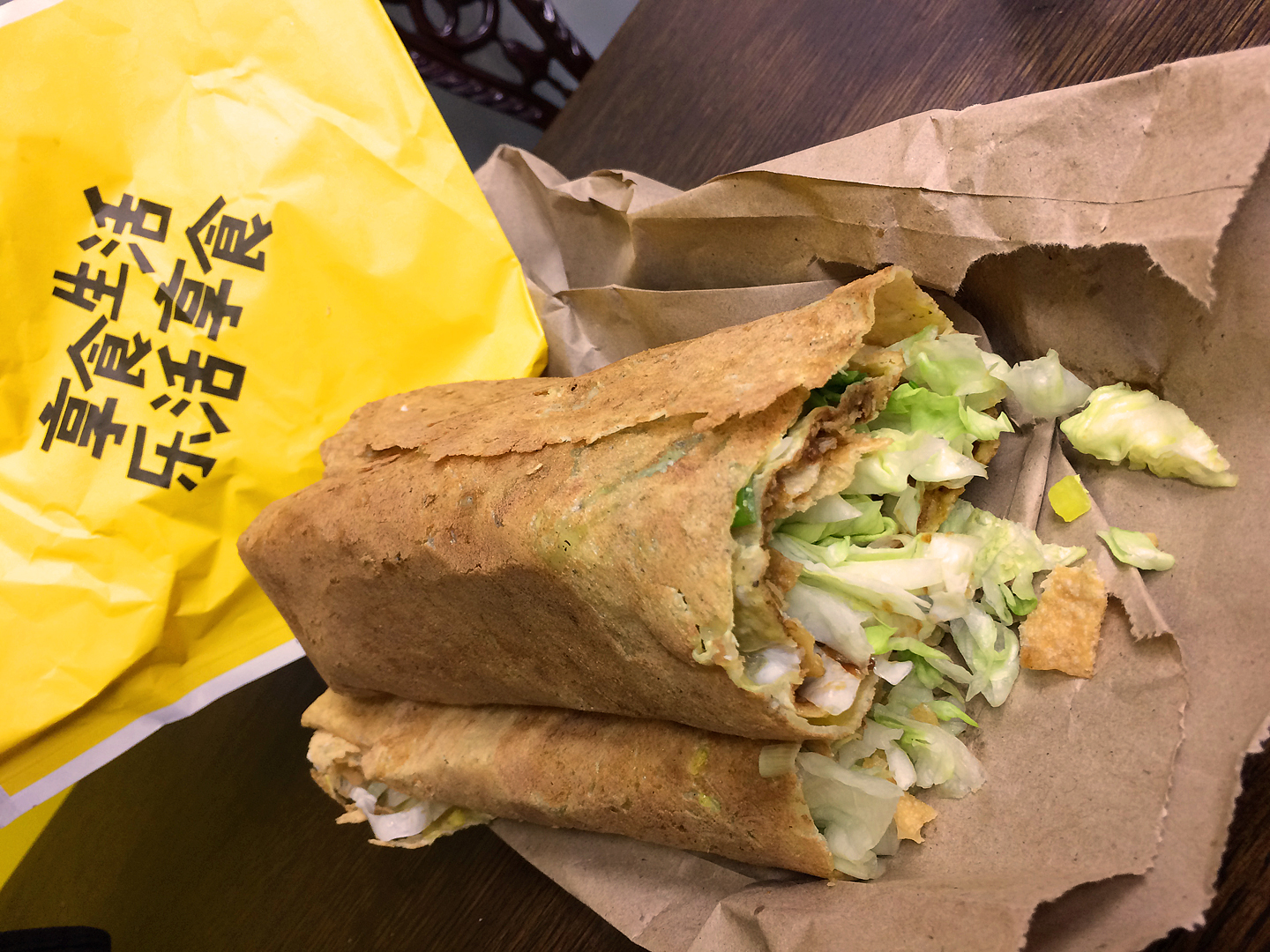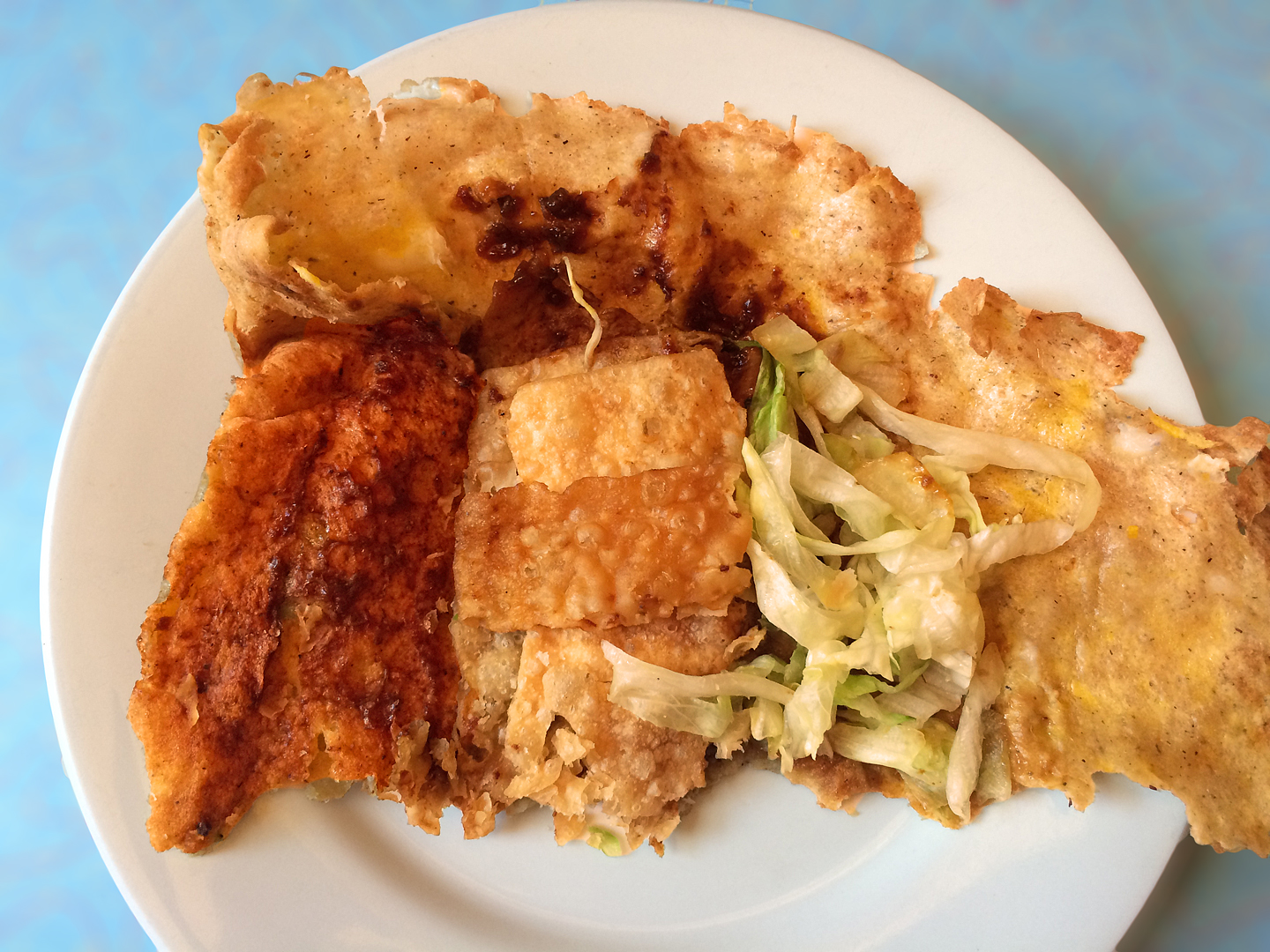(Click on any image to view it in high resolution.)

Chinese Egg Custard Tarts (蛋挞, dan tat among other English spellings) are on display in just about every bakery case in NYC Chinatowns and can be spotted riding on dim sum trolleys threading their way through restaurants at lunchtime. They found their way to China and Hong Kong decades ago via English custard tarts and Portuguese pastéis de nata and are available these days in a wide variety of styles: basic (Guangzhou/English-inspired bright yellow surface), brûléed (Macao/Portuguese influence), egg white only, green tea, coconut, even strawberry, almond, papaya…and the list of creative variations goes on. Some time ago, there was a bakery on Mott Street that sold them to the exclusion of any other baked goods and boasted dozens of flavors; alas, they’ve since closed. New Flushing Bakery offers a rotating assortment including Strawberry Milk Custard, Lemon Egg Custard, Mango Egg Custard with tapioca balls, and Purple Potato Custard. Best I can tell, dan tat are a universal favorite.
Recently, my Number One Spy urged me to go to Xin Fa Bakery (aka Lily Bloom) at 5617 8th Ave in Sunset Park to try their signature egg tart. If memory serves, she likened the line that trailed out the door onto the sidewalk to the queue for a cronut at Dominique Ansel Bakery during its heyday, but she’s never wrong so I ventured out to Brooklyn’s Chinatown. (Actually, there are more than one Brooklyn Chinatown, but that’s a story for another day.)
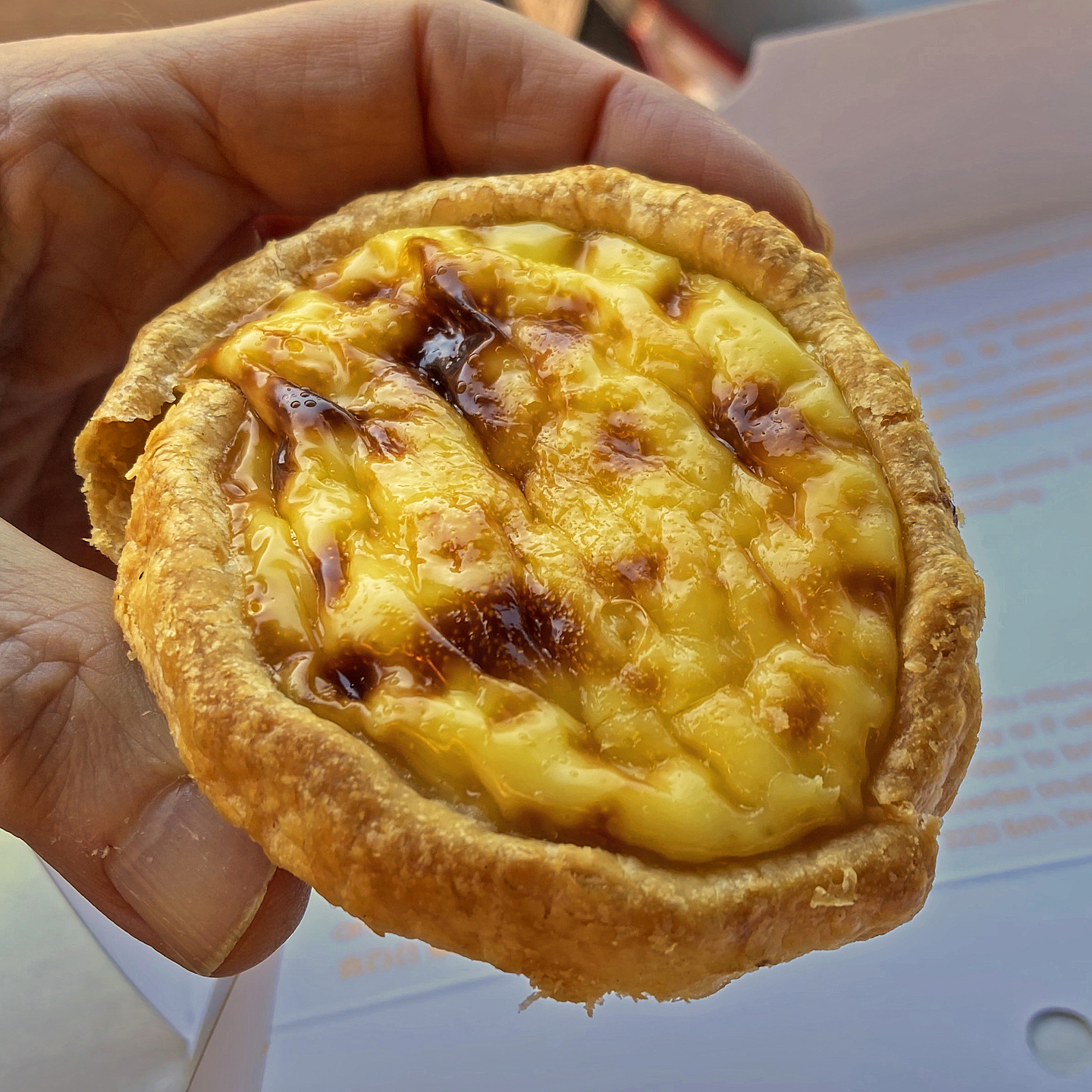
These exceptional pastries are in a league of their own, heavy for their size and completely unlike any I have ever tasted – and judging from the expectant phalanx waiting at the door as well as a legion of stellar online reviews, most folks agree.
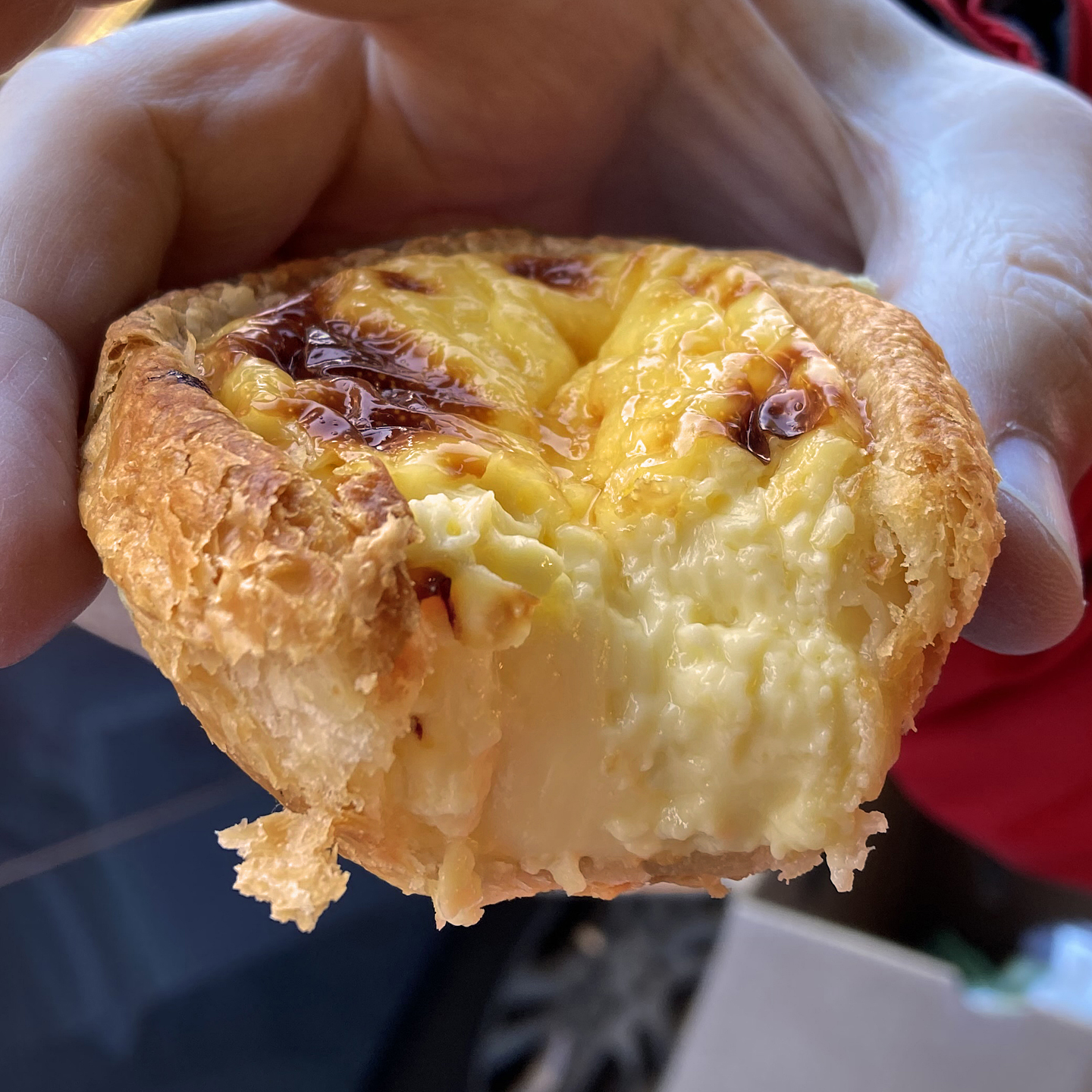
Fresh out of the oven and so hot it nearly pizza-burned the roof of my mouth. But it would have been worth every blister: it was fairly bursting with creamy custard, dense, sweet, eggy, and jiggly.
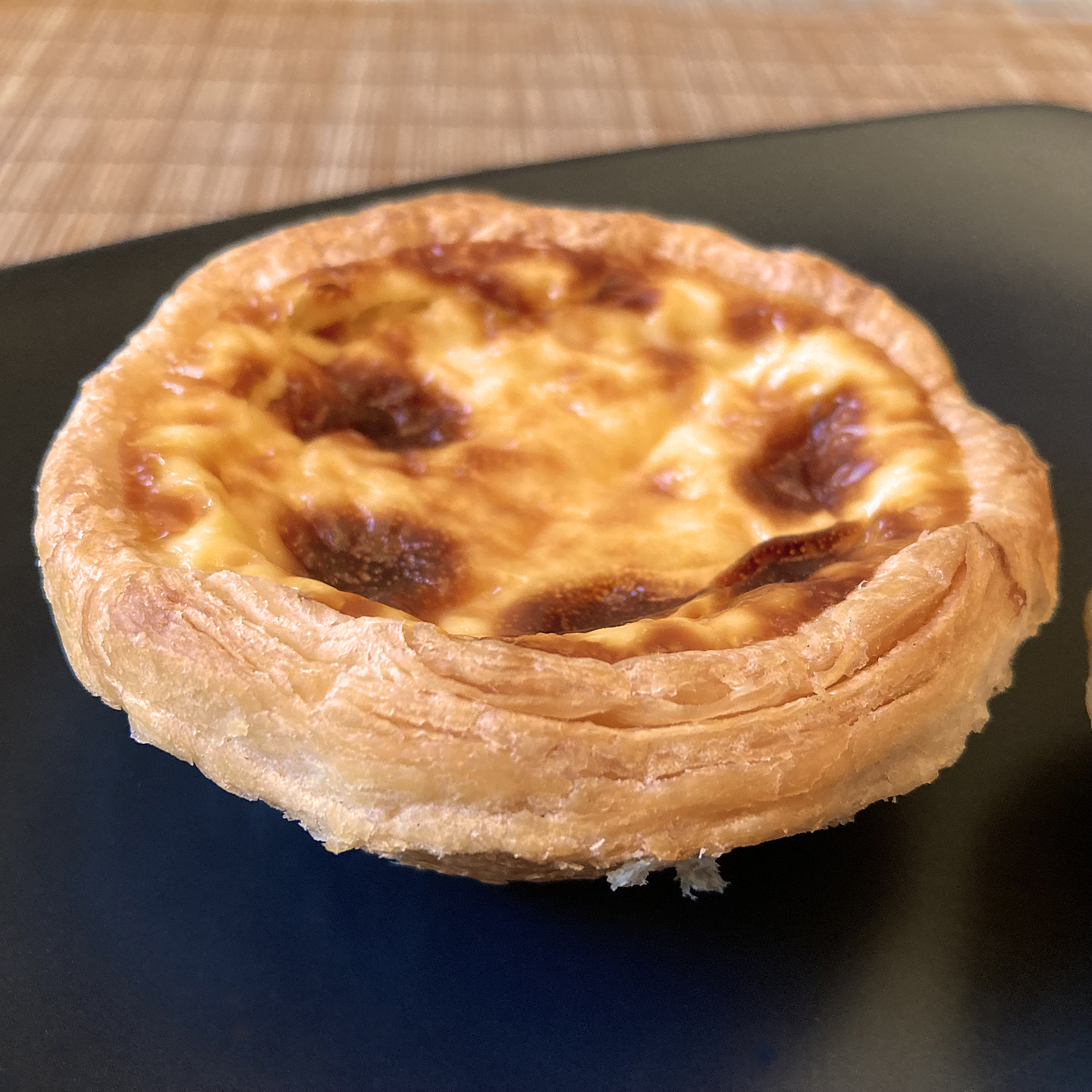
The crust is layered but not crispy; its yielding texture complements the rich custard perfectly.
They offer other baked goods here – the sign for Japanese Castella cake caught my eye – but I was monomaniacal in my mission. No worries – I fully intend to return.
There is a downside though, and it’s not the ultimately manageable line outside. These little gems have ruined me for any other dan tat I might encounter. So if we ever do dim sum together and the dan tat hail from that restaurant’s kitchen, go right ahead and grab them as soon as they hit the table – they’re all yours.
